Before World War II Dresden was known as ‘The Florence of Elbe’ because of its magnificent beauty and architecture. It had many beautiful and historic palaces, cathedrals, baroque and rococo style buildings. Dresden’s contribution to war efforts was very minimal as compared to other German cities, but the allies and Red Army made no exceptions. When the war was ended, Dresden was in ruins, all its buildings destroyed, and thousands of civilians were dead.
As the Red Army became stronger and they captured city after city, Hitler used his full force to defend Berlin. The Russians faced very minimal resistance while capturing the city. Dresden was targeted with ‘Saturation bombing’, in which the industry and civilian portions of cities are obliterated along with troop areas. Such attacks, Allied command reasoned, would ravage the German economy, break the morale of the German people, and force an early surrender.
On the night of February 13, 1945, the Royal Air Force bombers dropped thousands of bombs in just a few hours. Dresden’s defenses were so weak that only six Lancaster bombers were shot down and by the morning the RAF bombers had dropped more than 14,00 tons of high-explosive bombs and more than 1,100 tons of incendiaries on Dresden. This attack destroyed most of Dresden’s infrastructure and killed thousands of people.
Later that day when the survivors made their way out of the smoldering city, the U.S. air force began bombing on Dresden’s roads, bridges, railways, and homes and killed thousands more. On February 15, another 200 U.S. bombers continued their assault on Dresden. The U.S. drooped 950 tons of high-explosive bombs and more than 290 tons of incendiaries during that day. Later the Eighth Air Force would drop 2,800 more tons of bombs on Dresden in three other attacks before the war’s end.
When the war was ended investigators and reporters from different countries visited Dresden and they estimated the death toll from between 10,000 to 200,000. The city was so badly damaged and all the historic buildings and landmarks had been destroyed in the ruthless airstrikes. The bombing methods used by the Allied were to encourage the destruction of buildings: the high explosive bombs first exposed the wood frames of buildings, then the incendiary bombs ignited the wood, and finally followed by various explosives to hamper the firefighting efforts.
Here below are some historical photos that depict the destruction and reconstruction of Dresden during and after World War II. Also, check the reconstruction of Dresden after World War II.


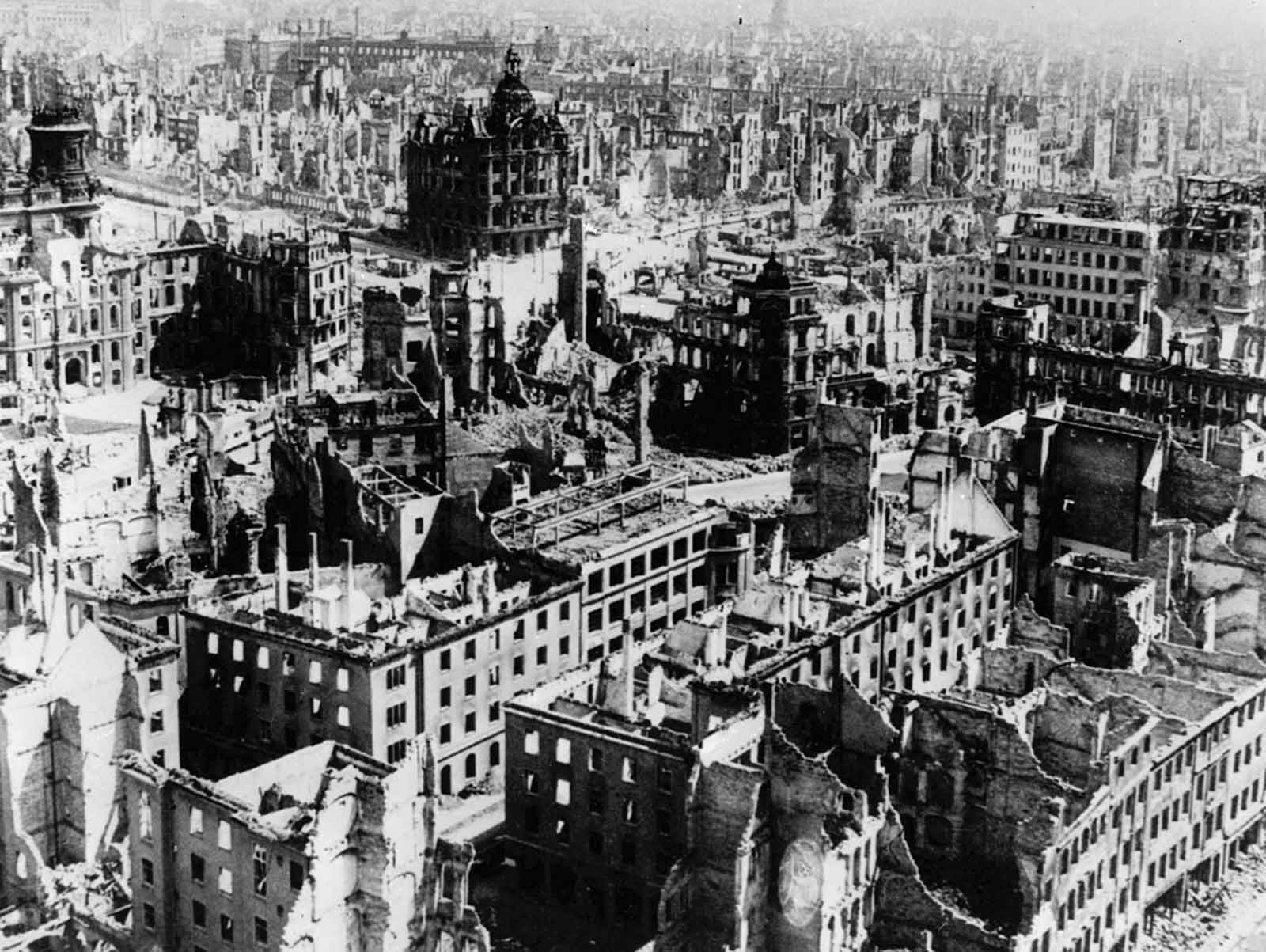
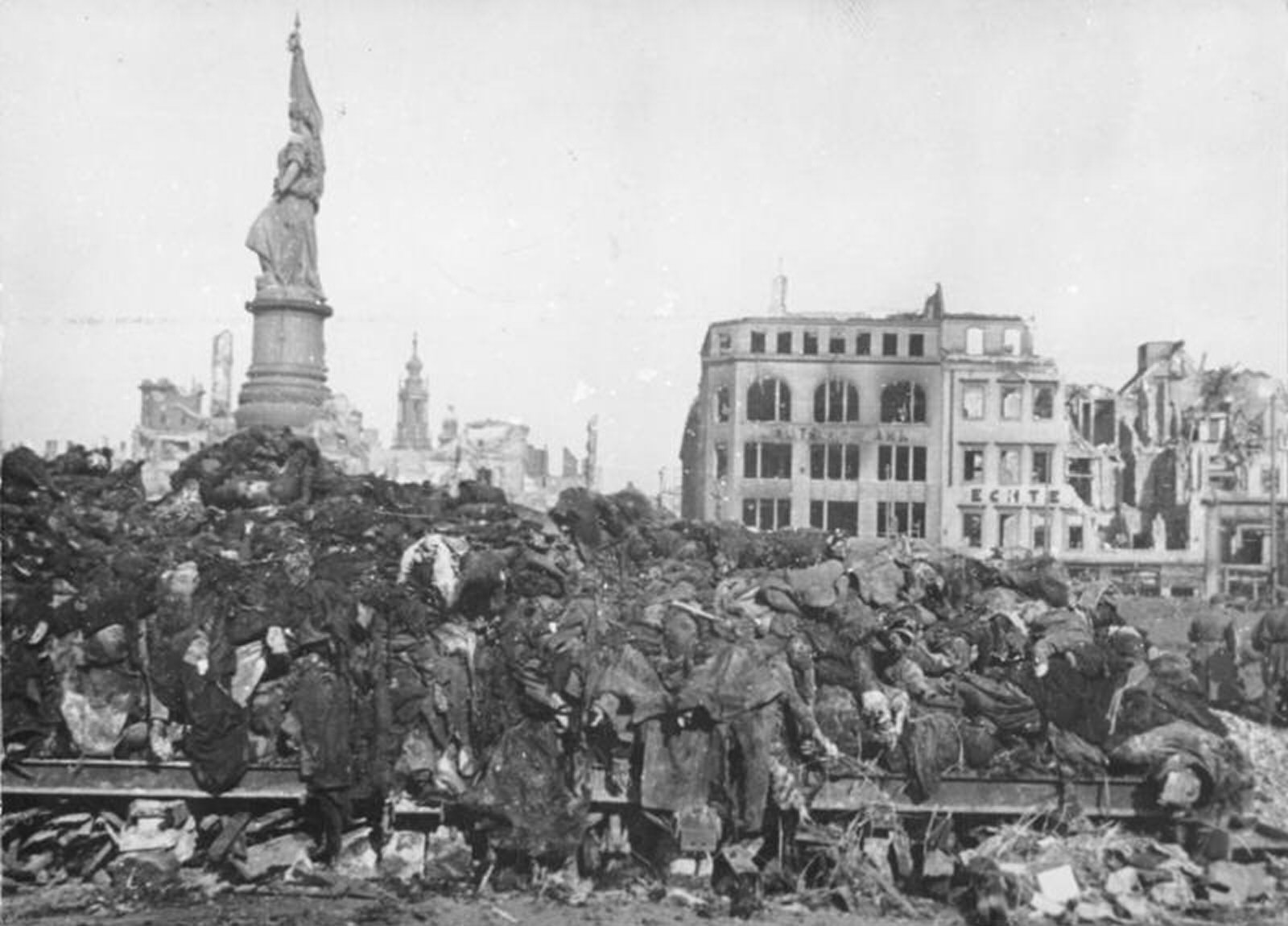
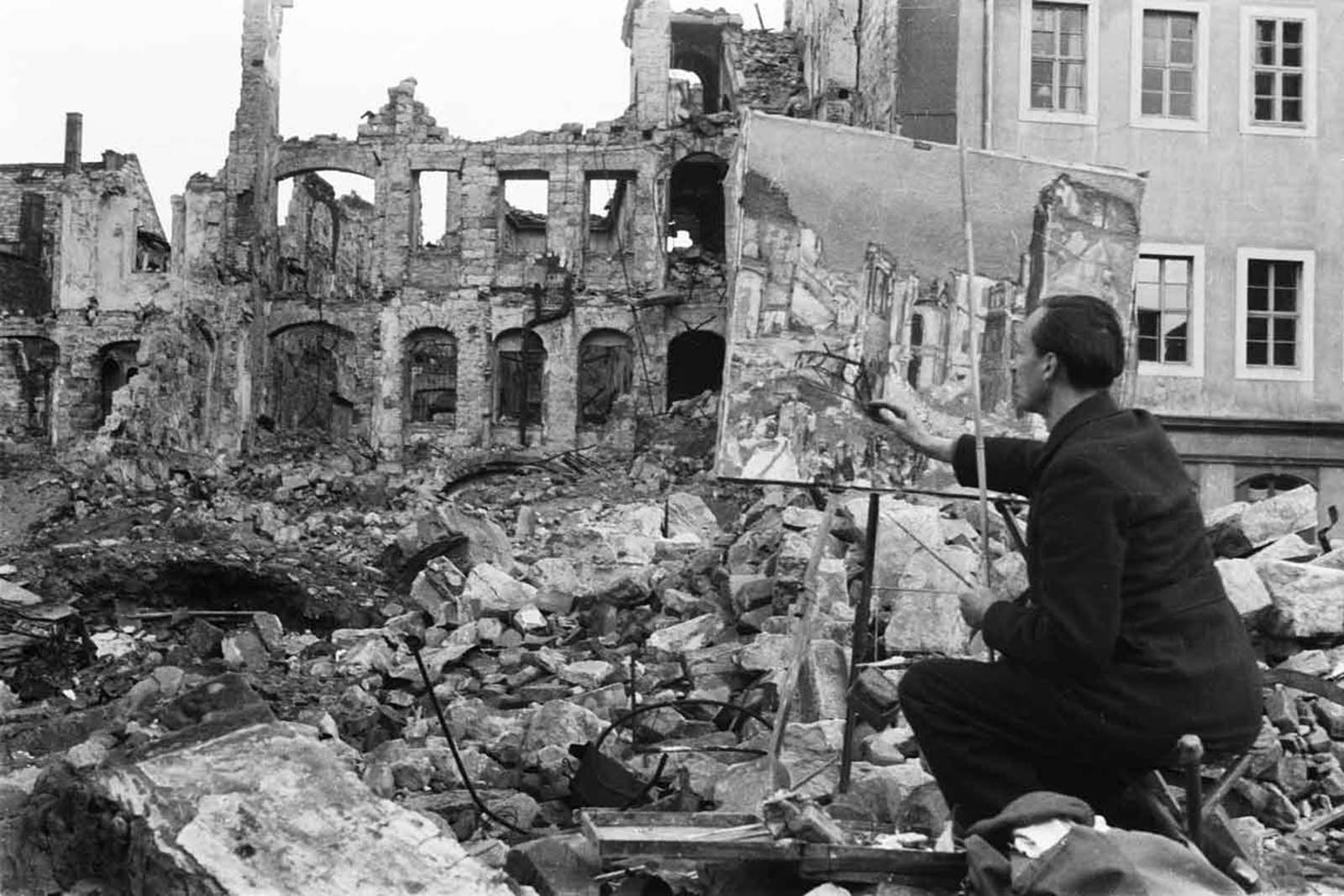
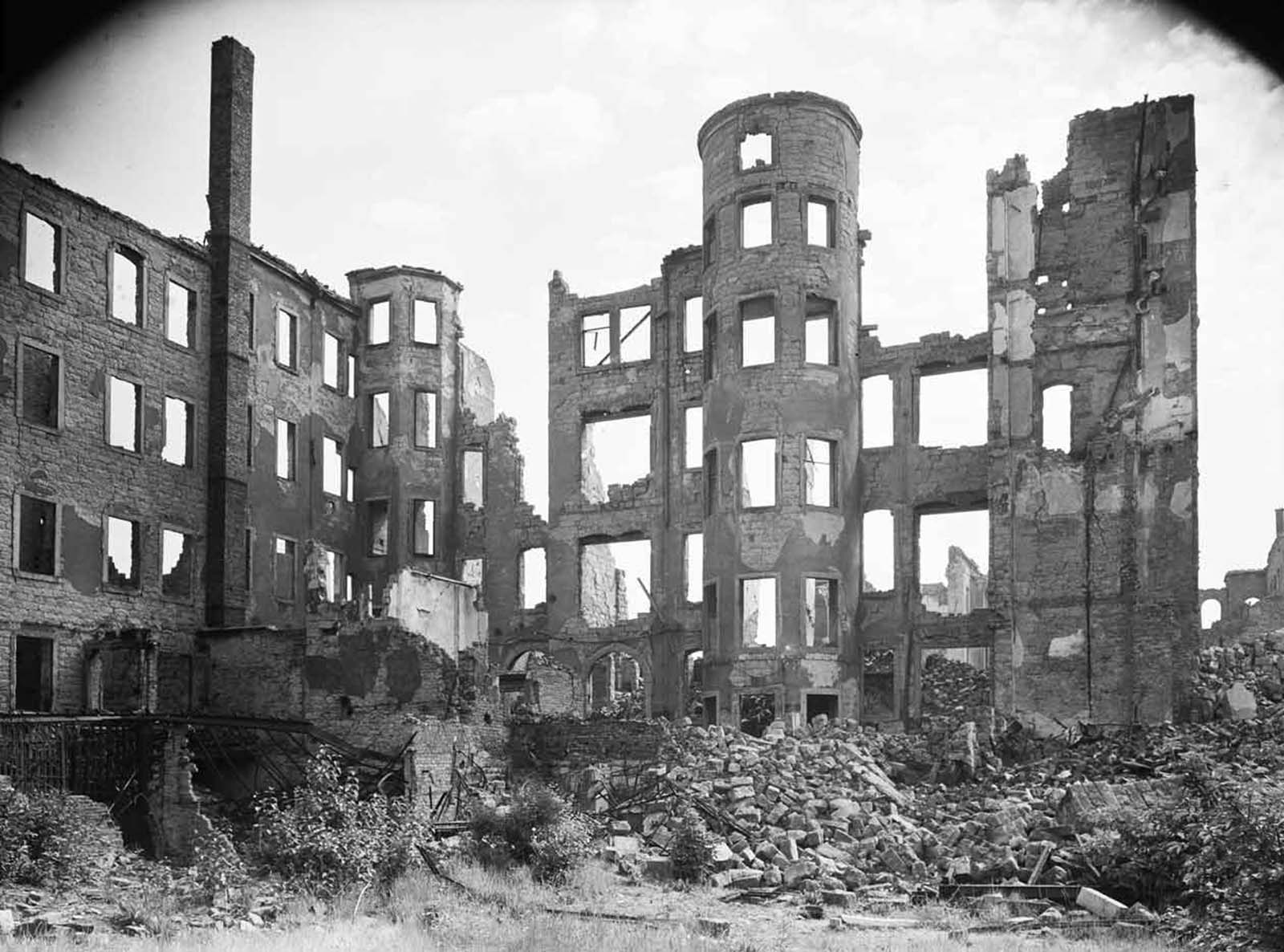
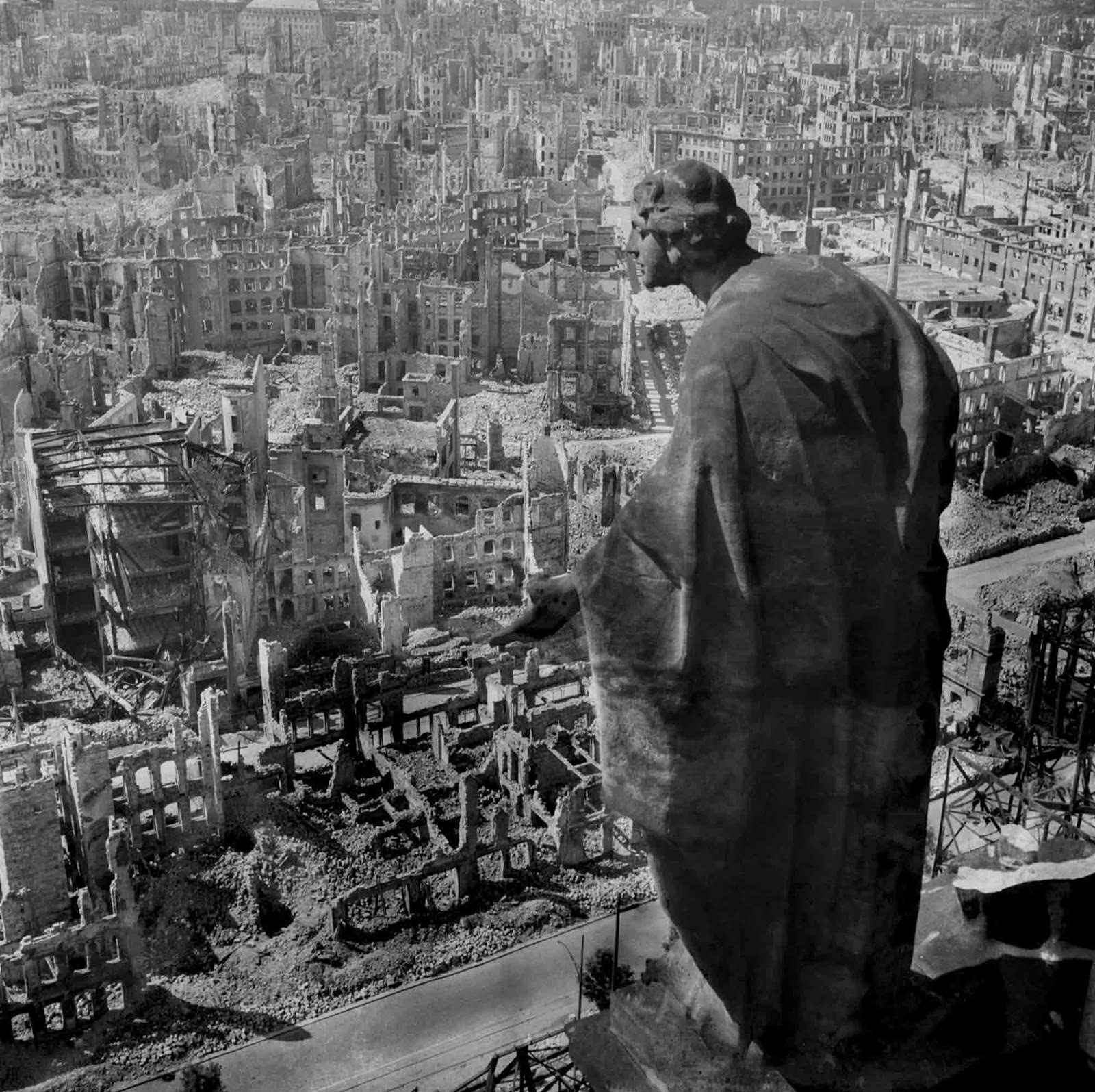
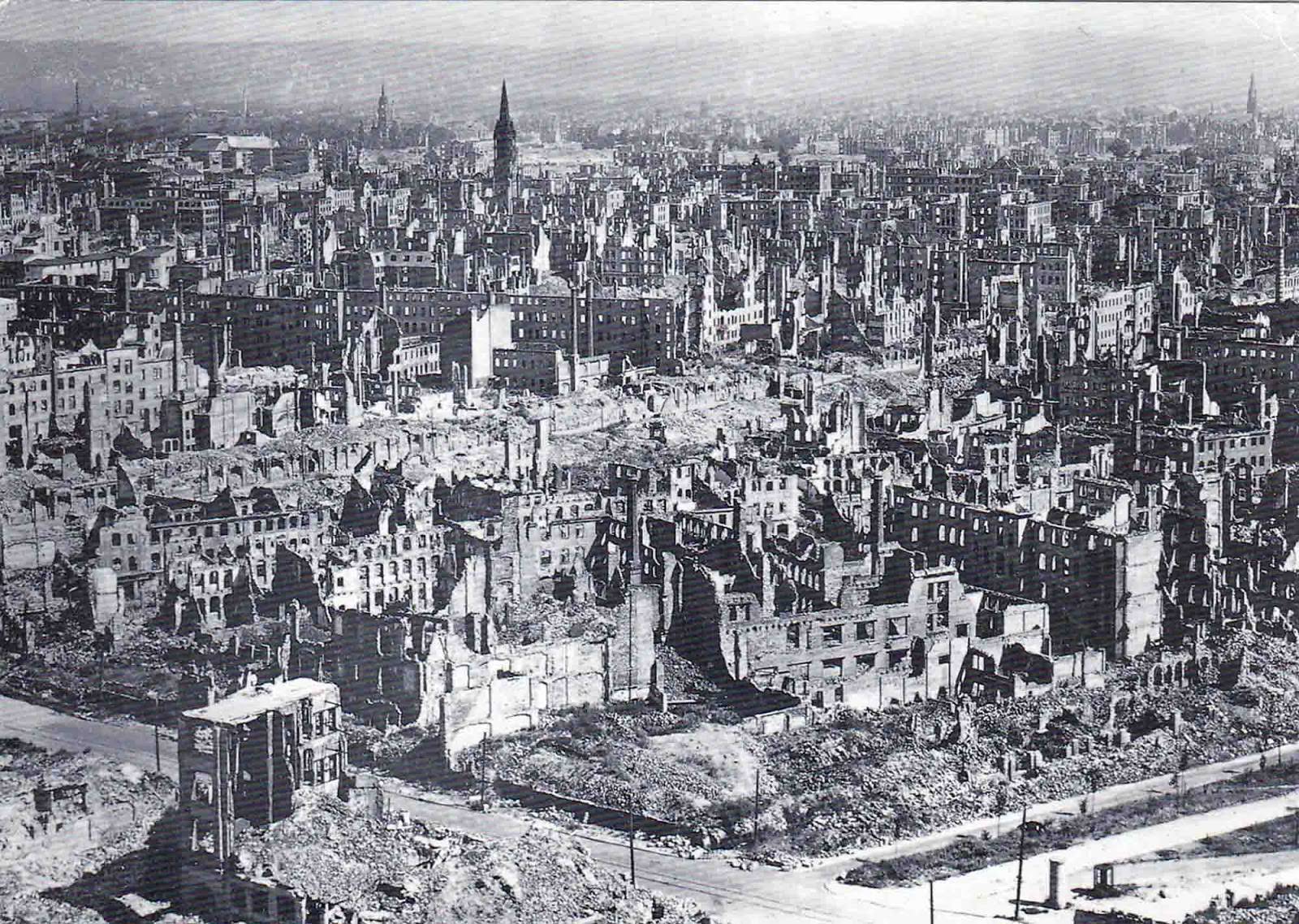
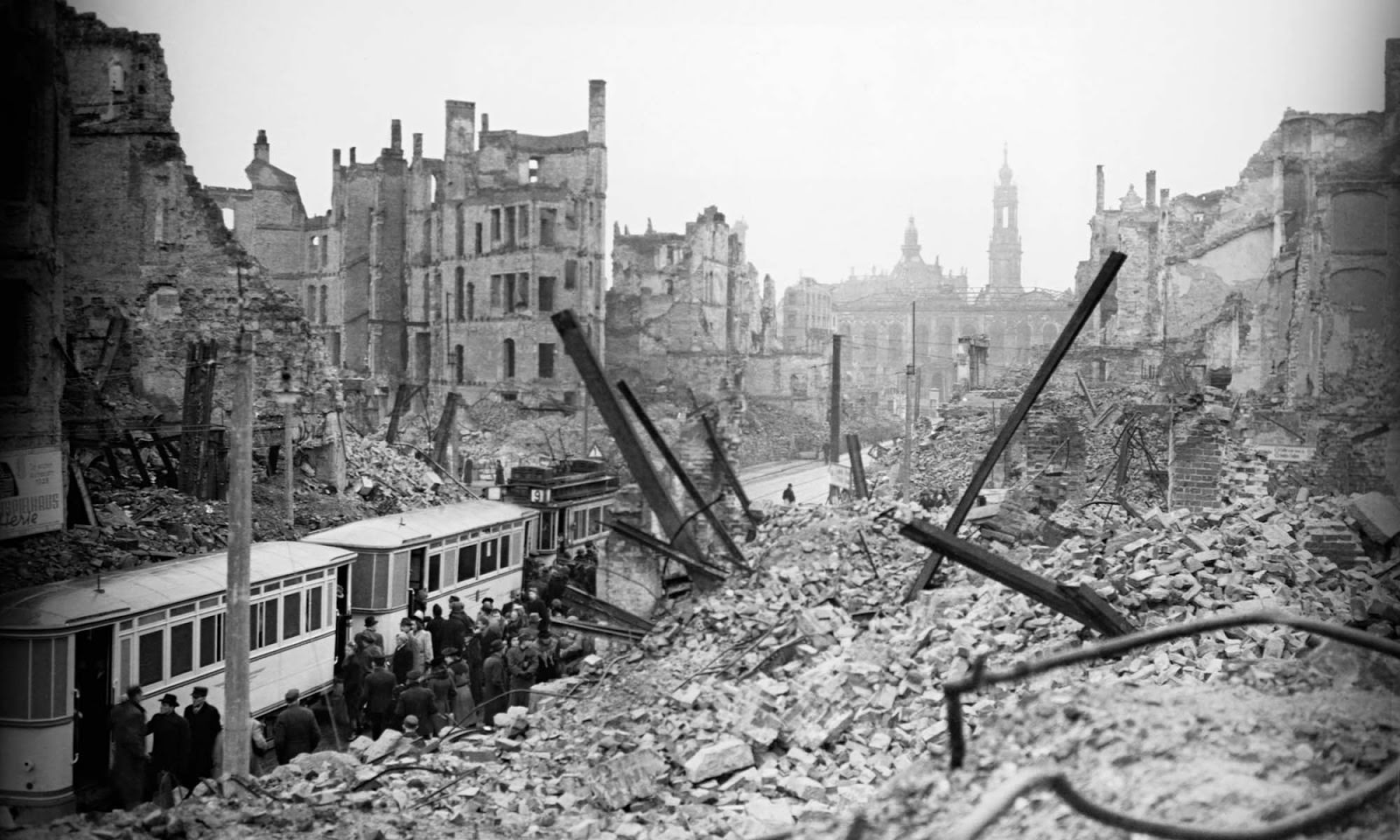
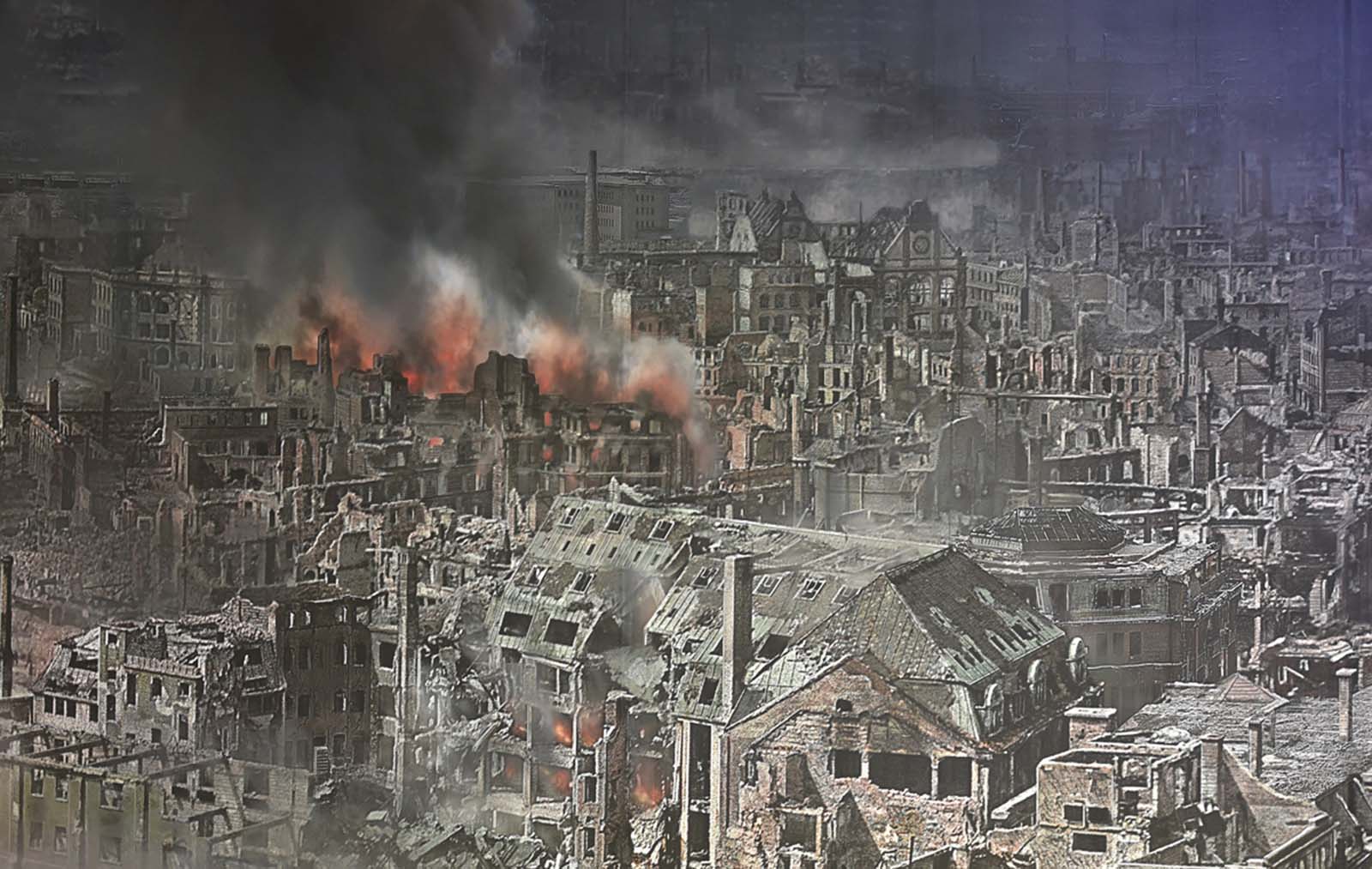
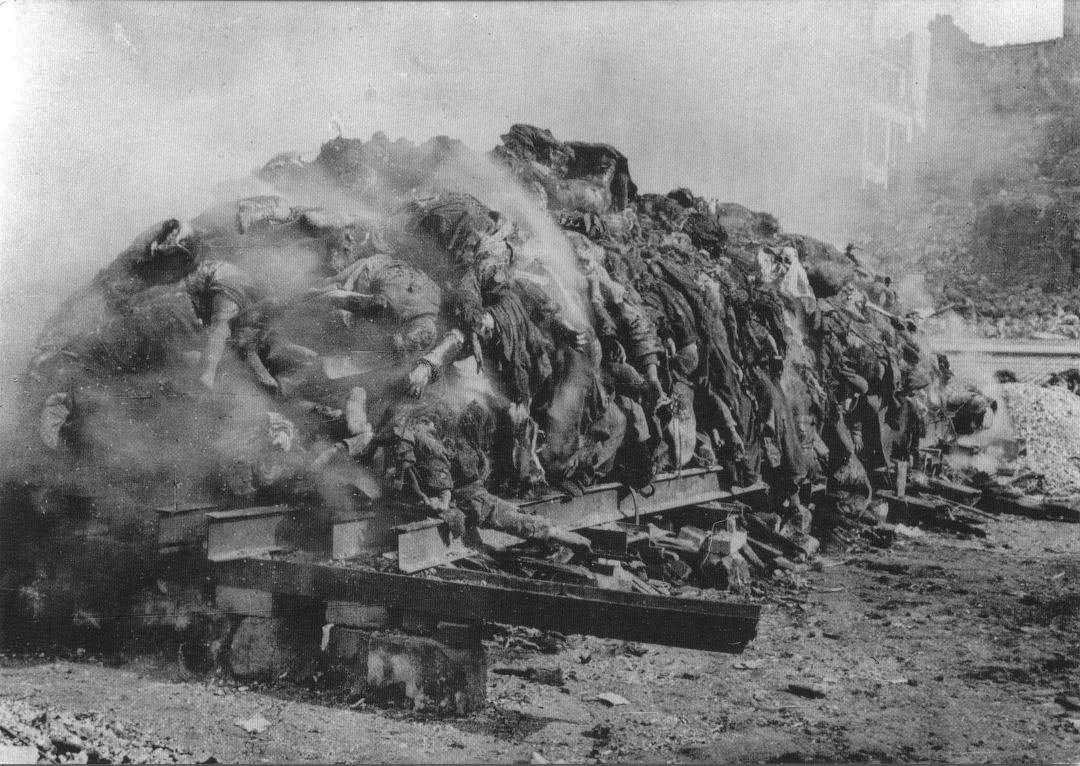
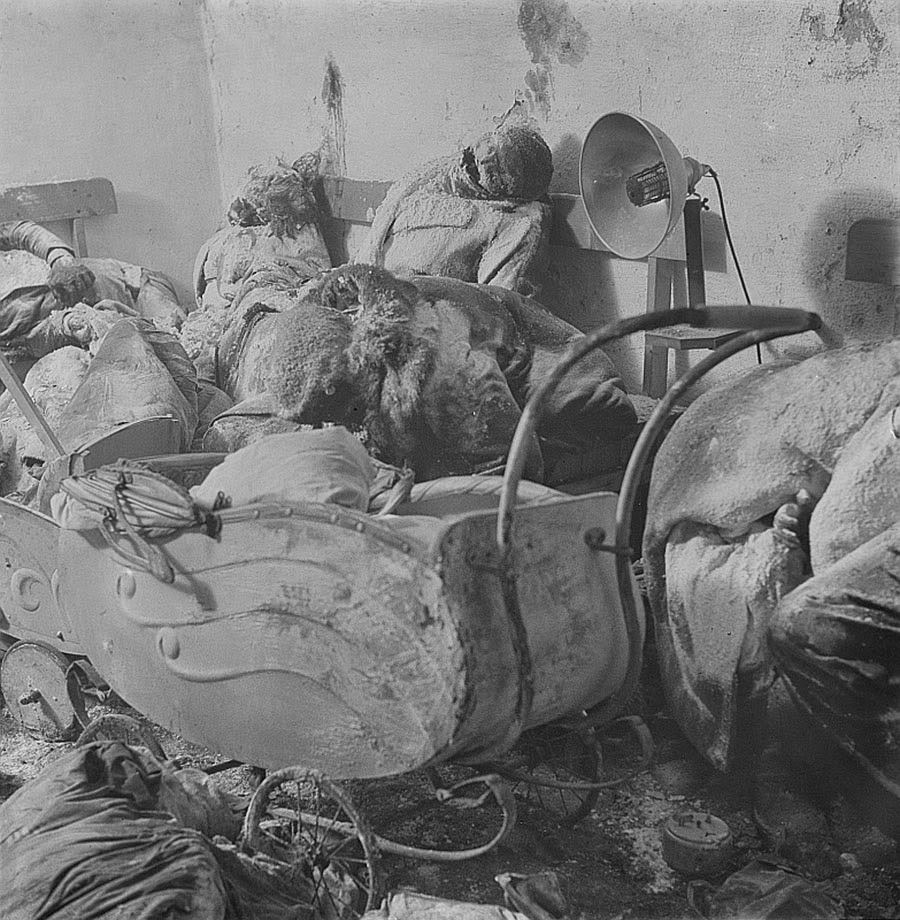
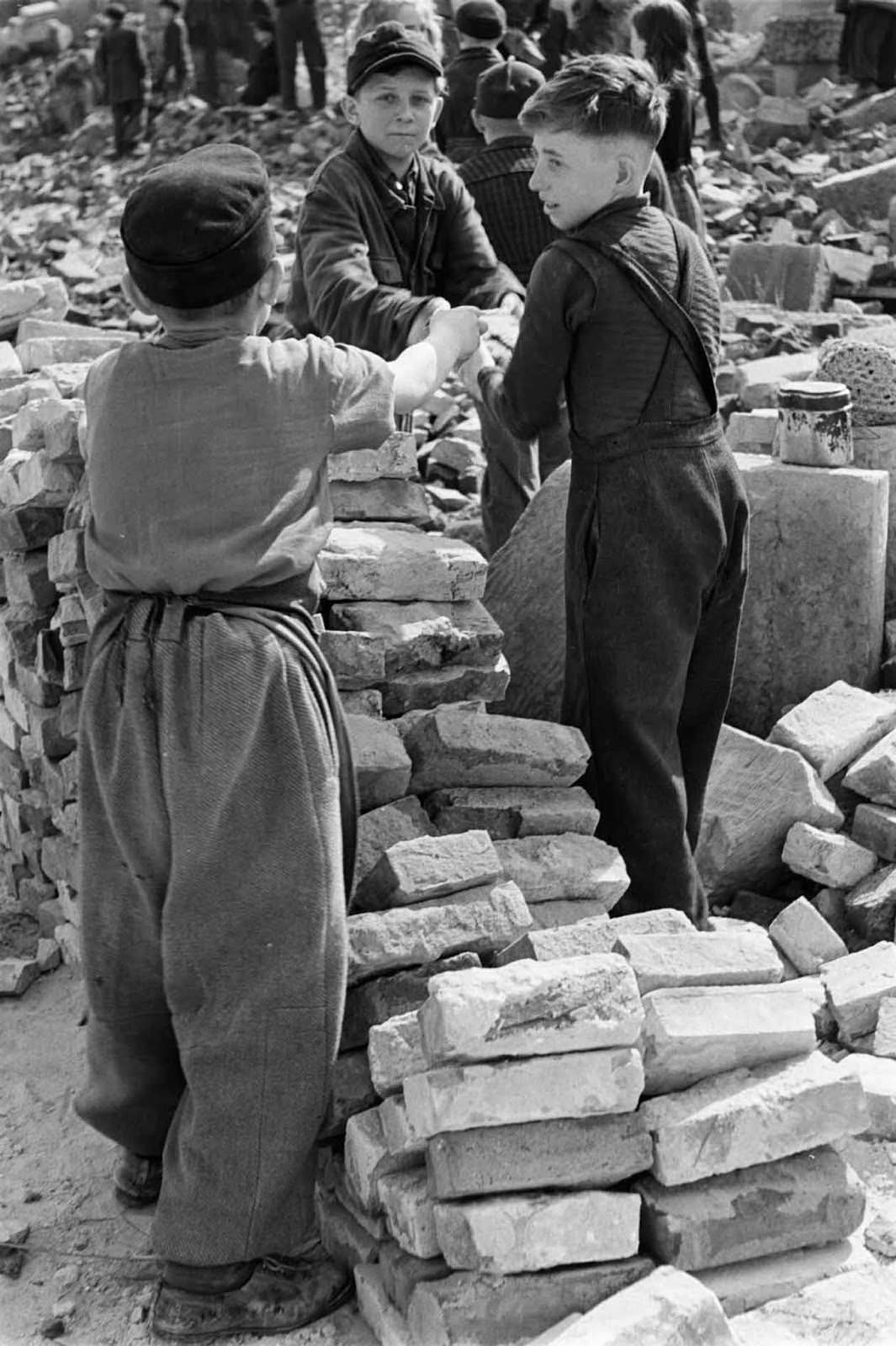
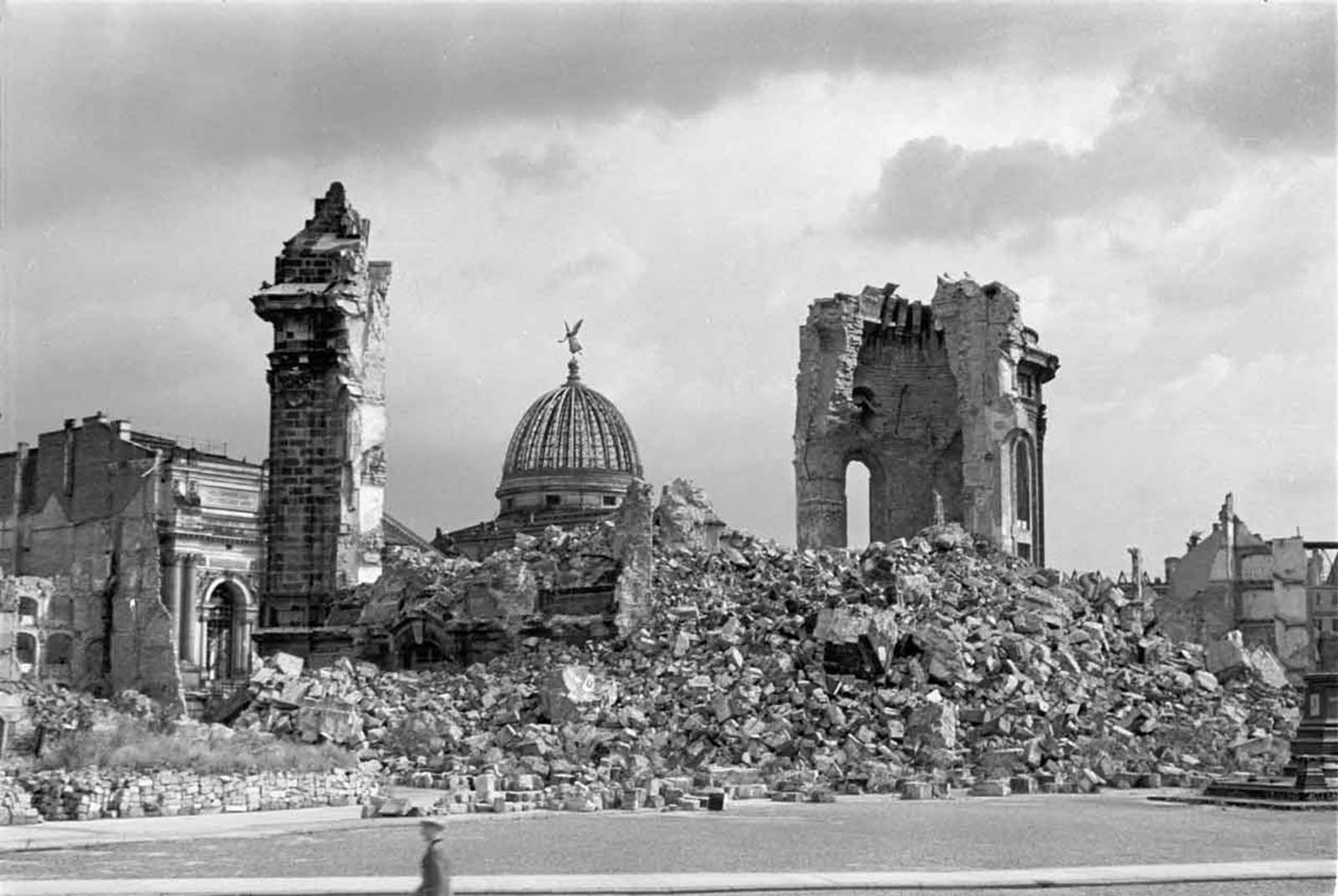
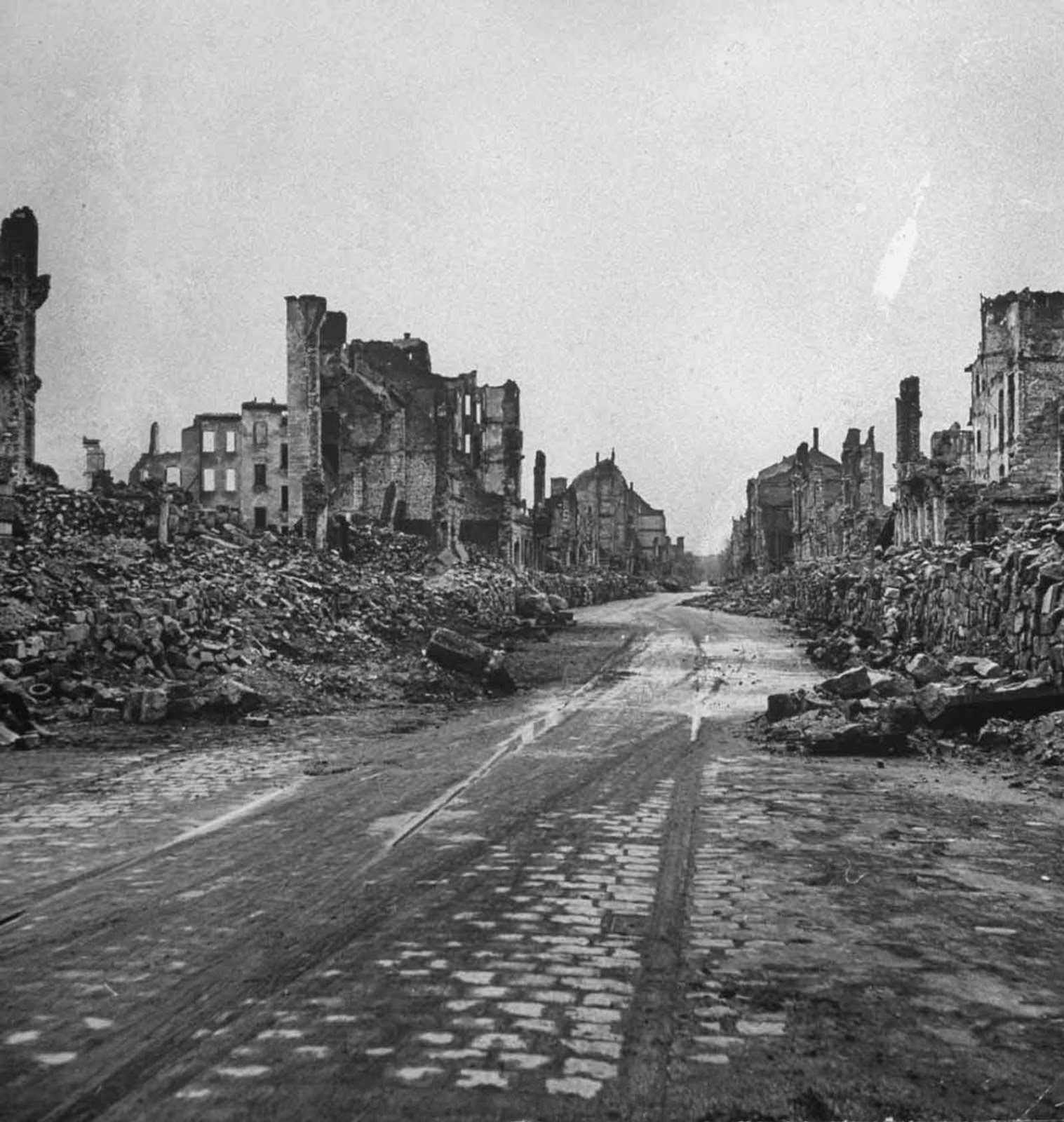
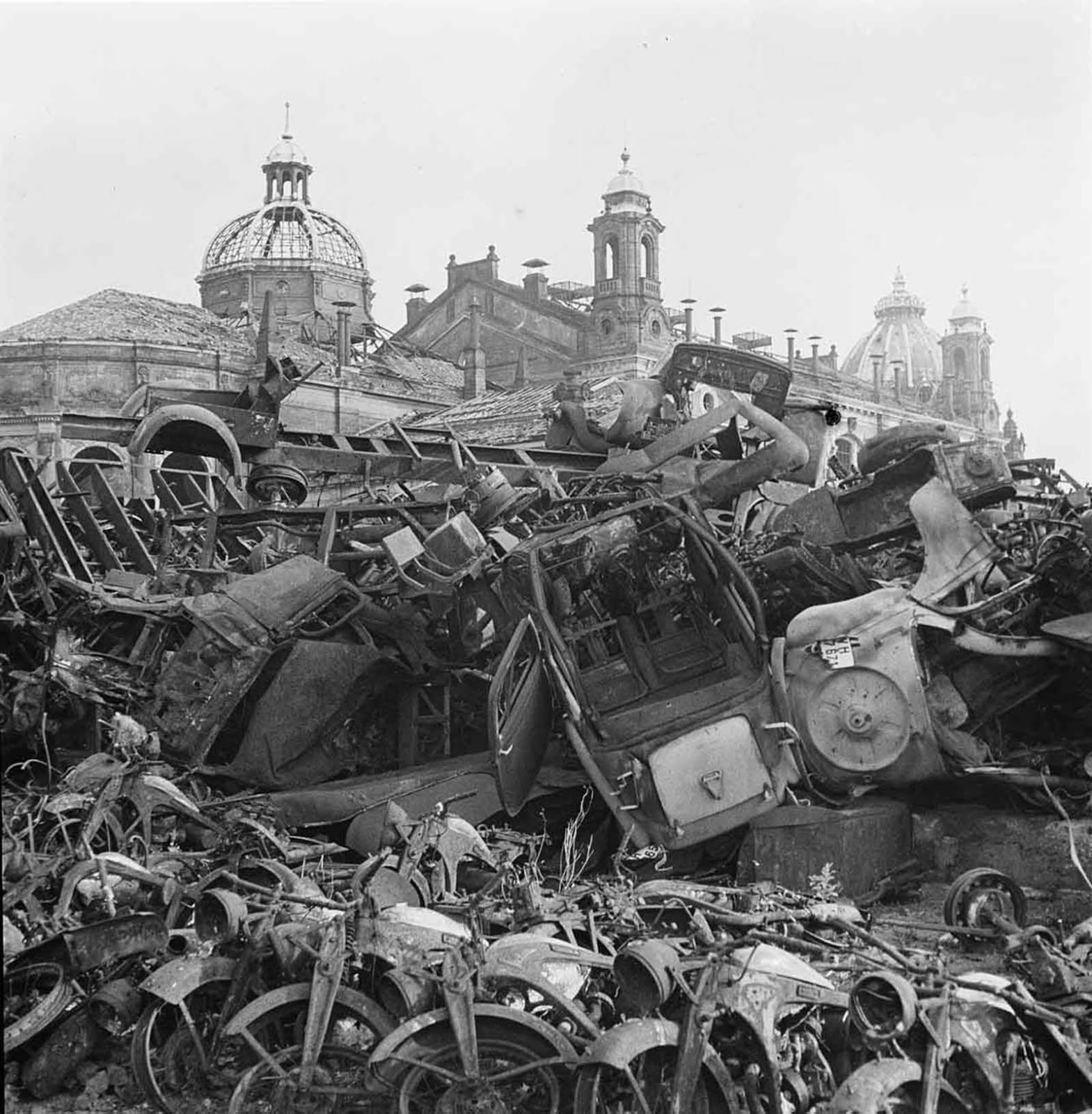
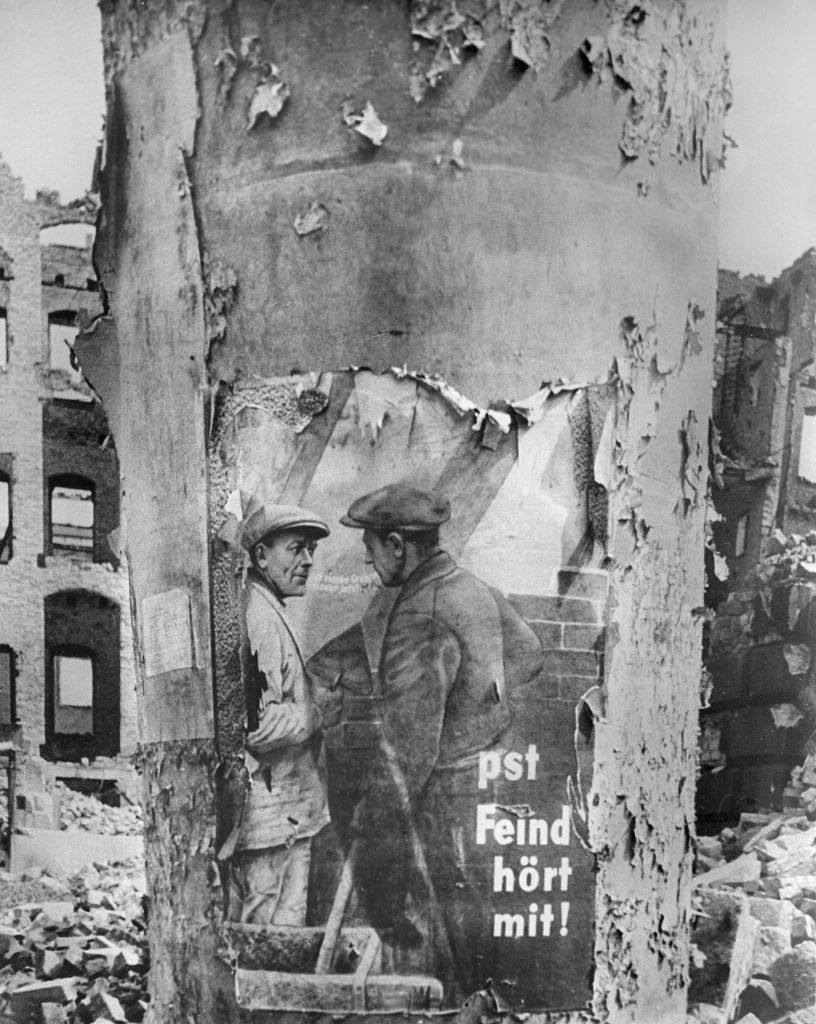
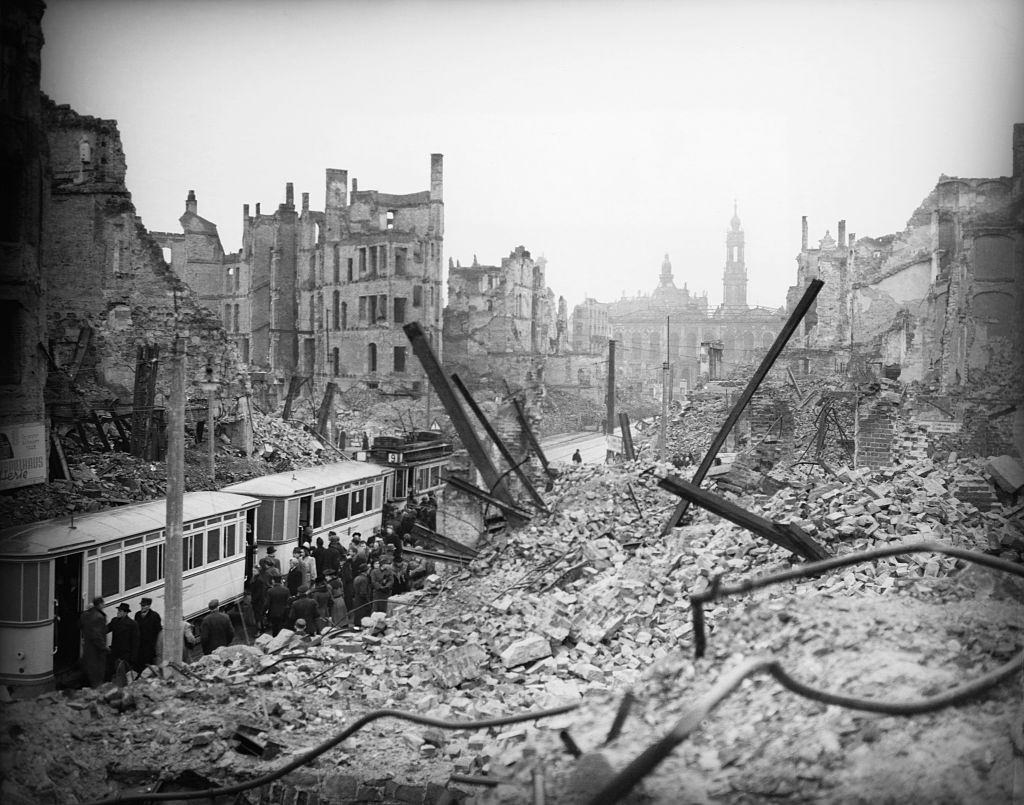
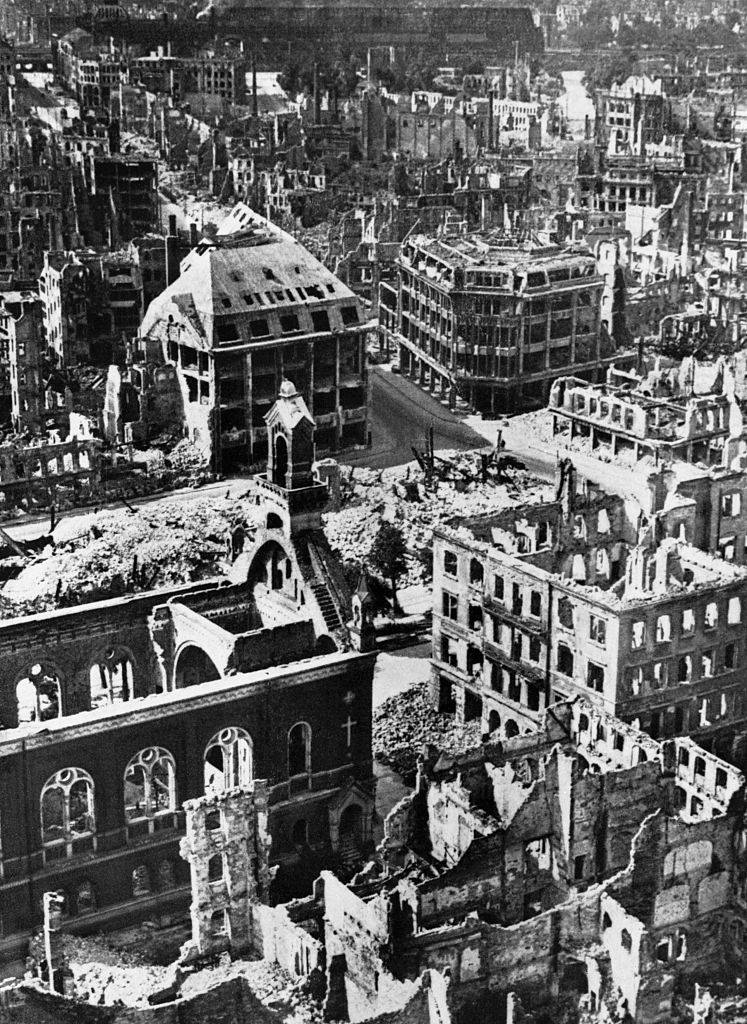
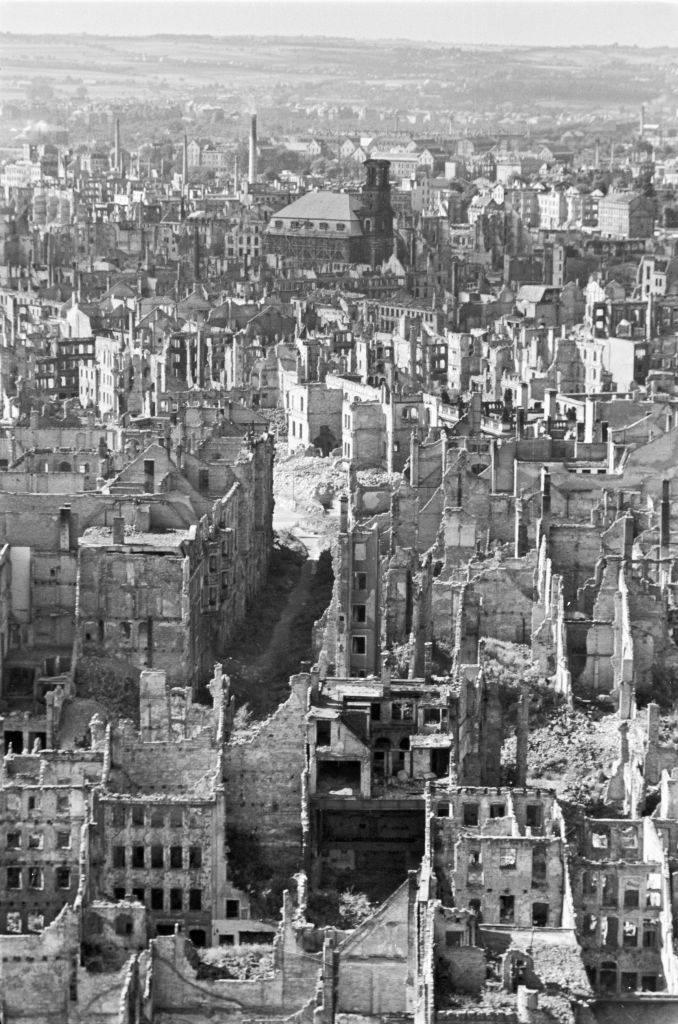
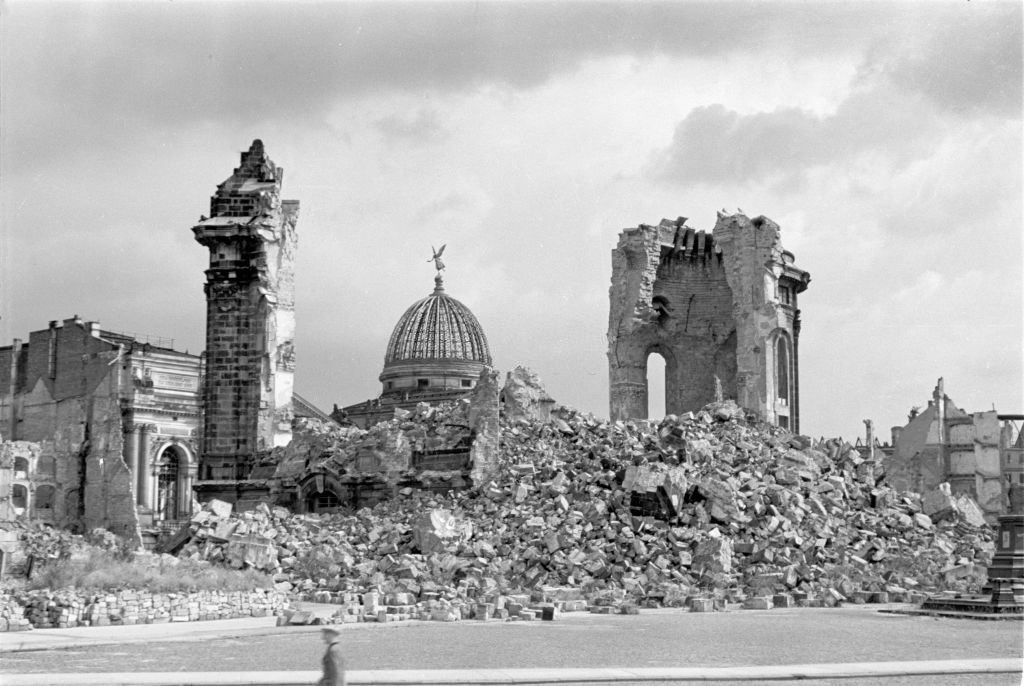
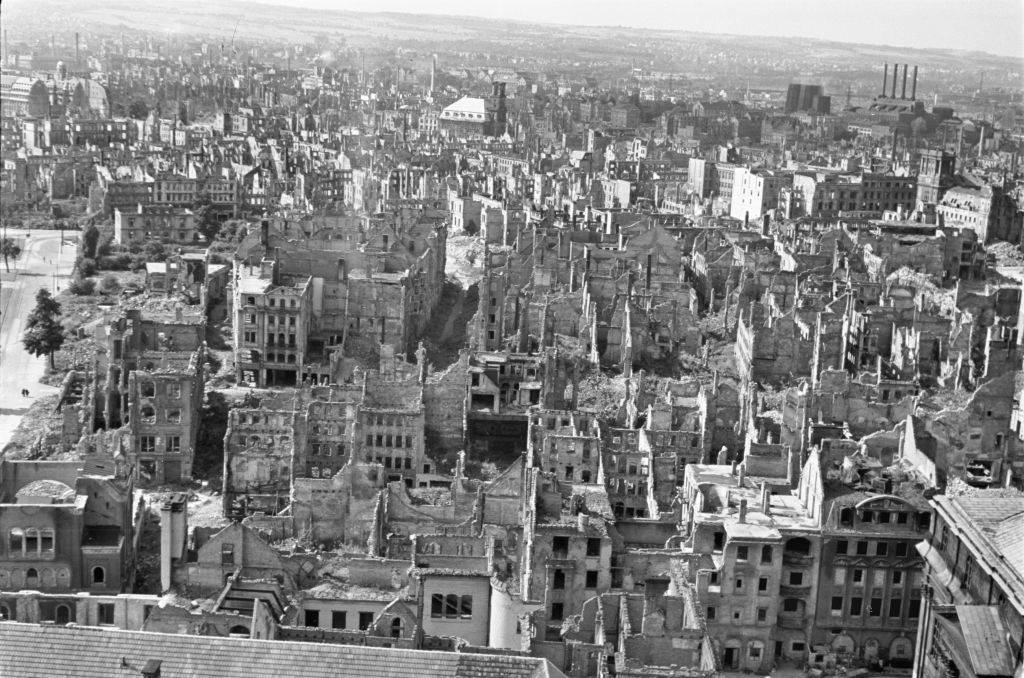
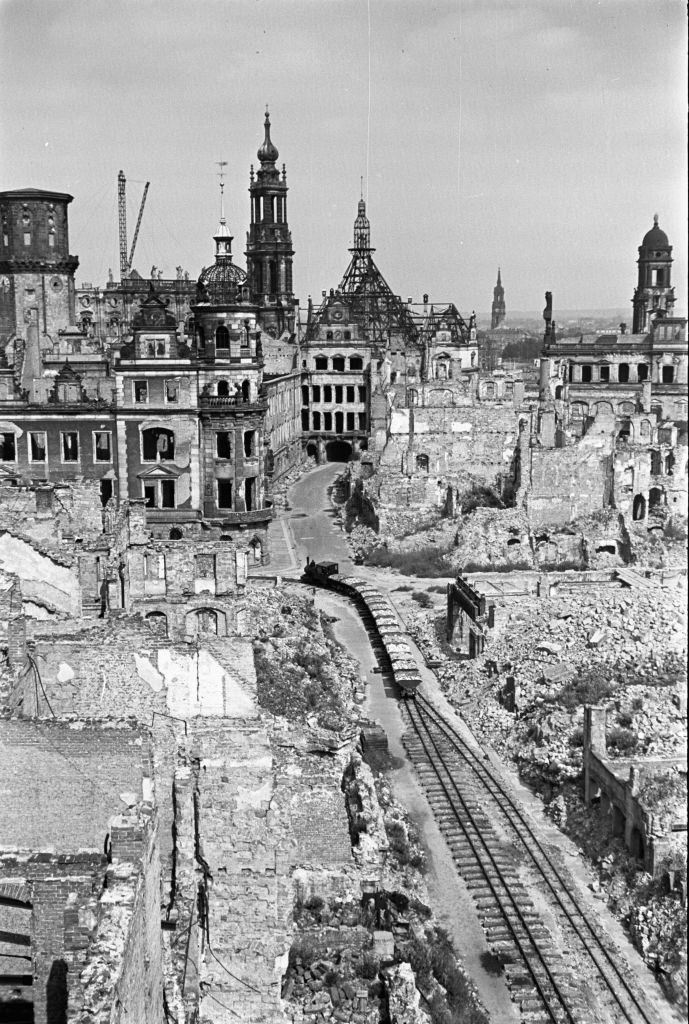
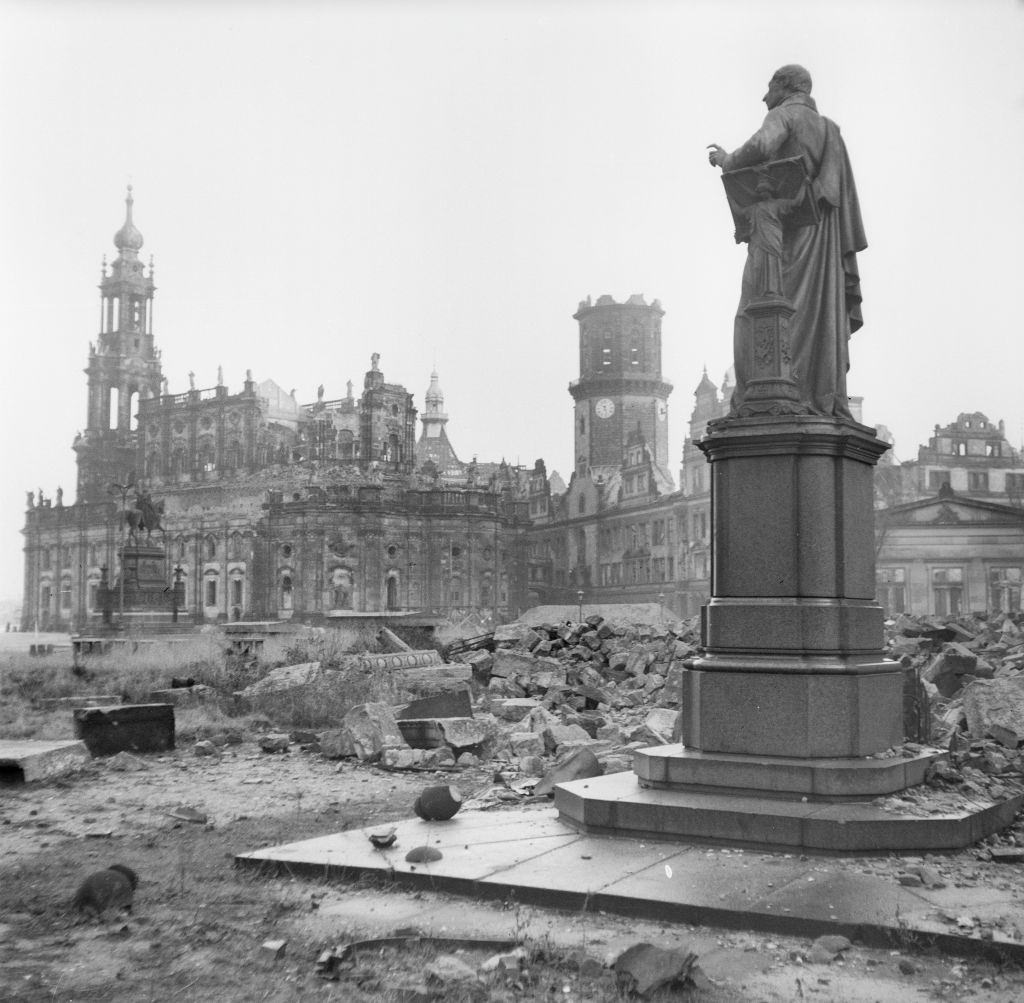
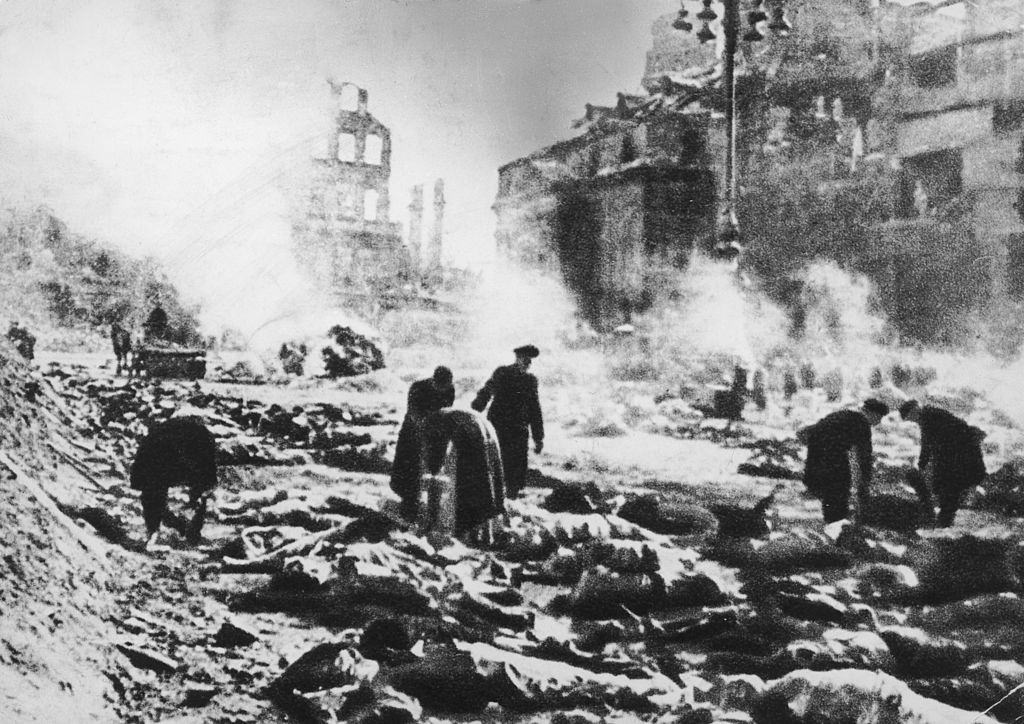
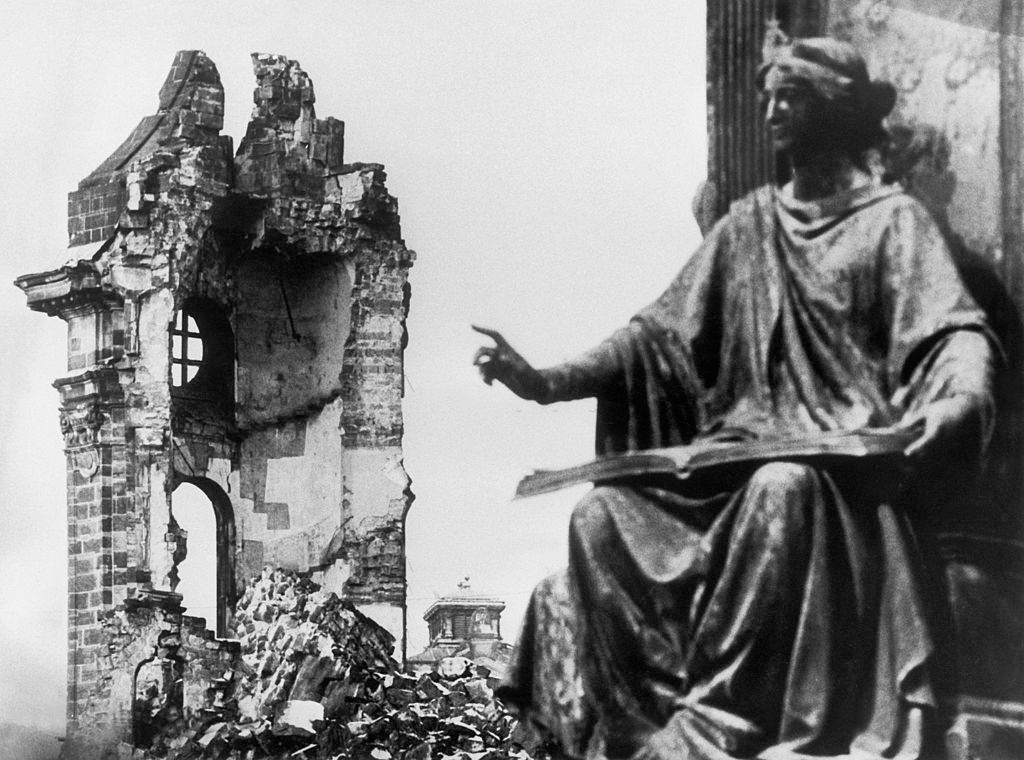
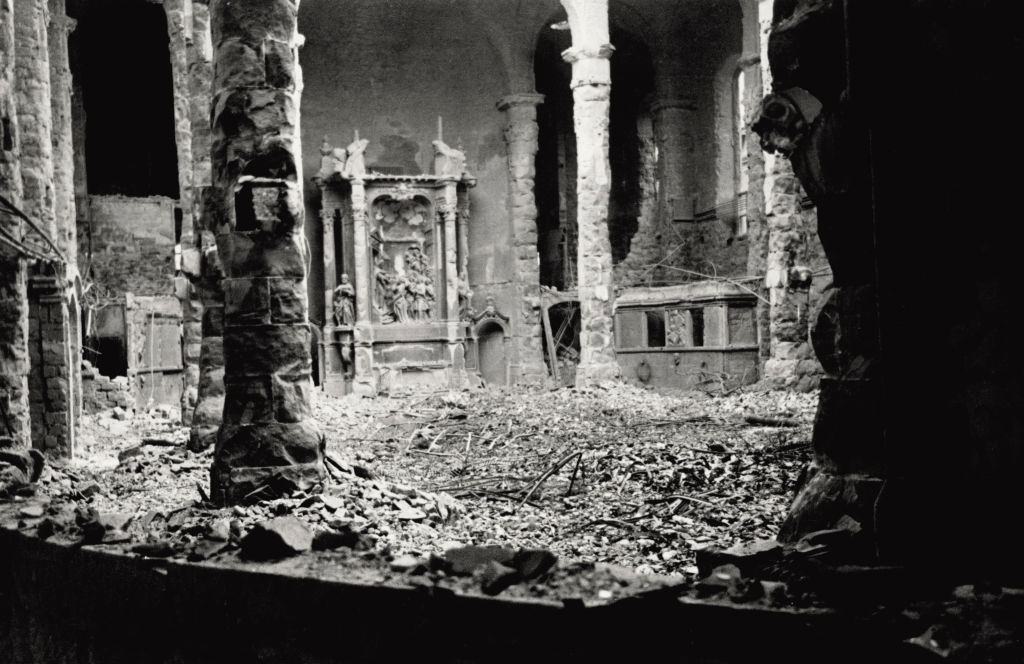
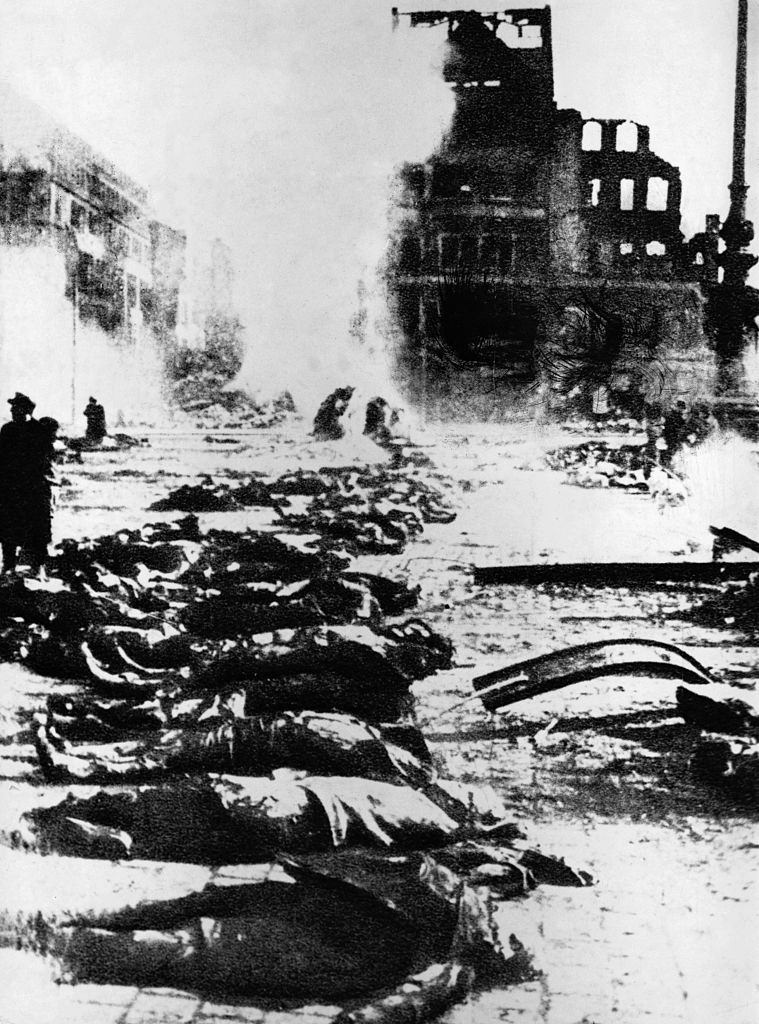
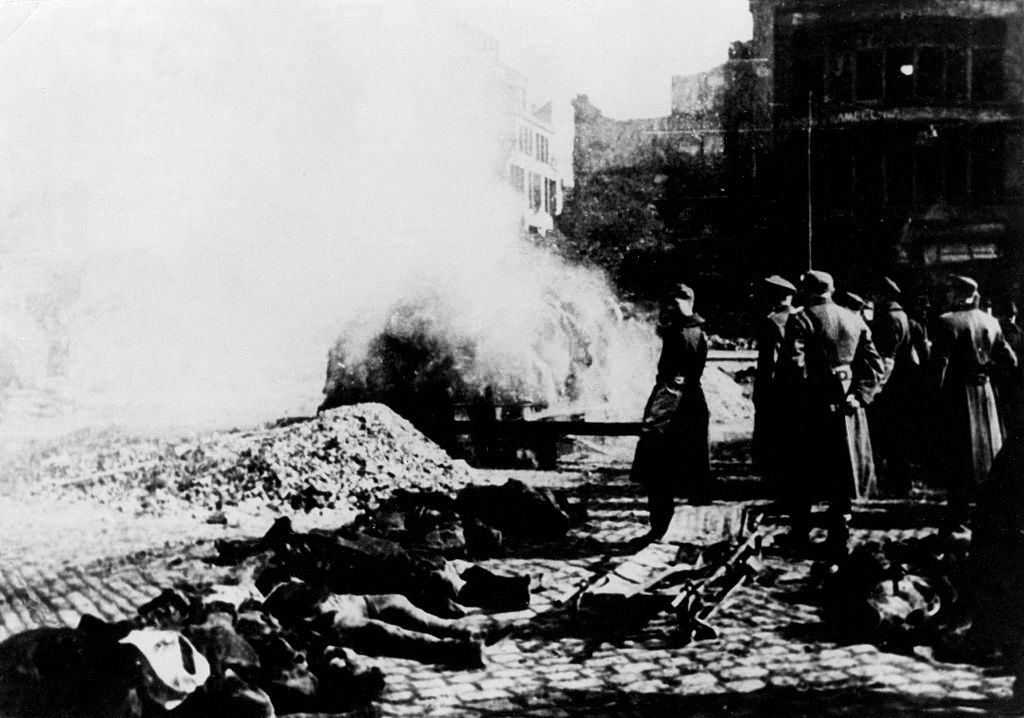
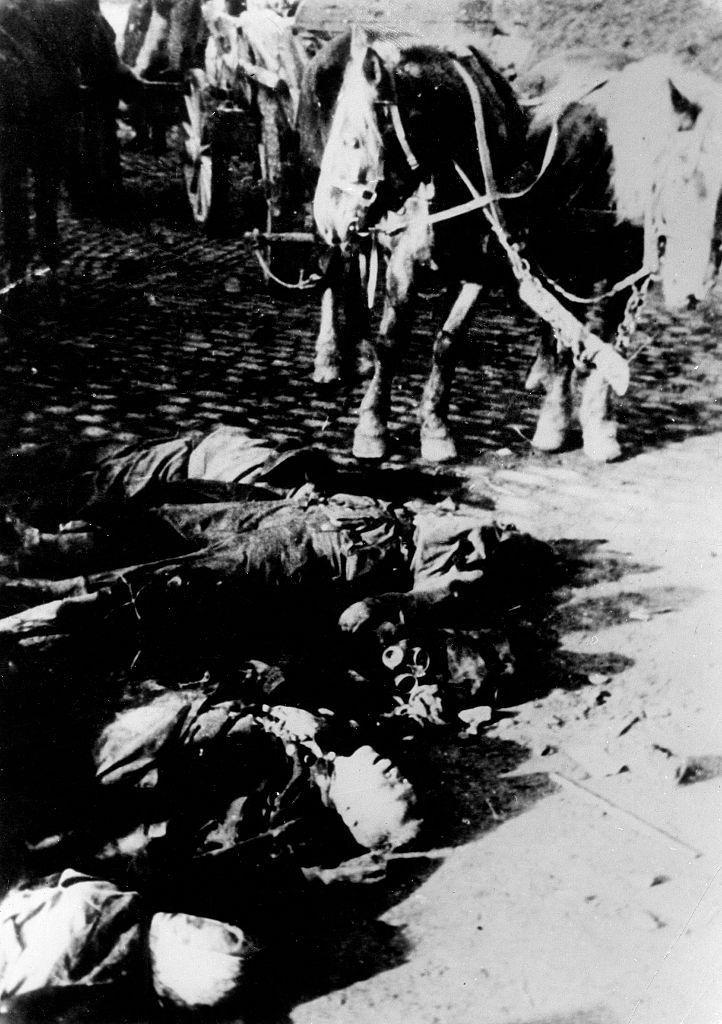
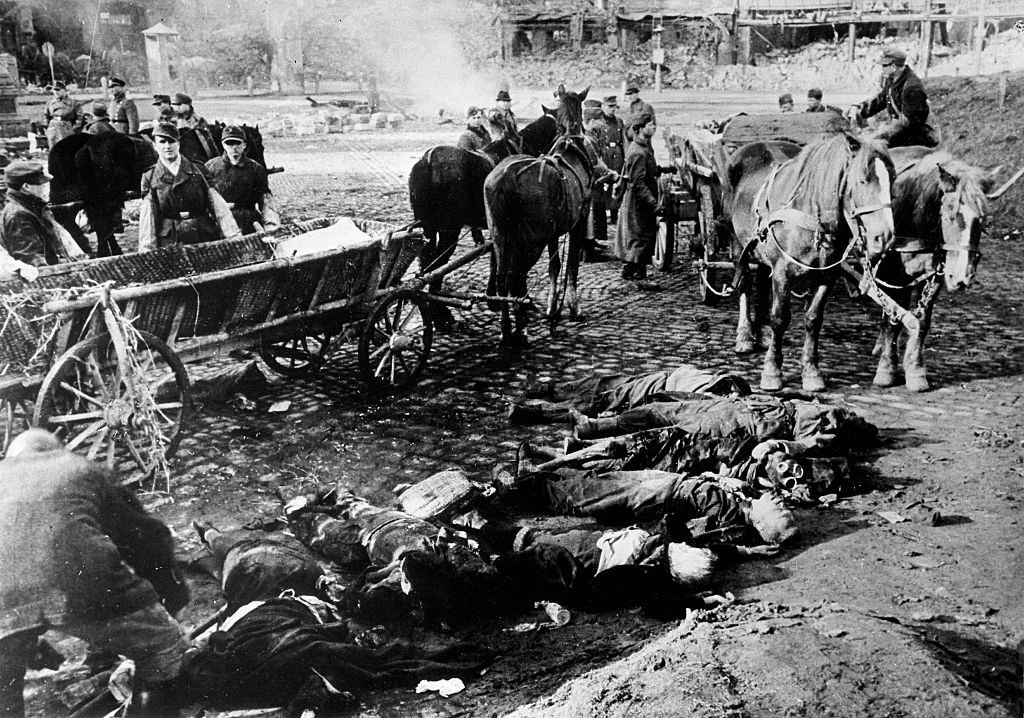
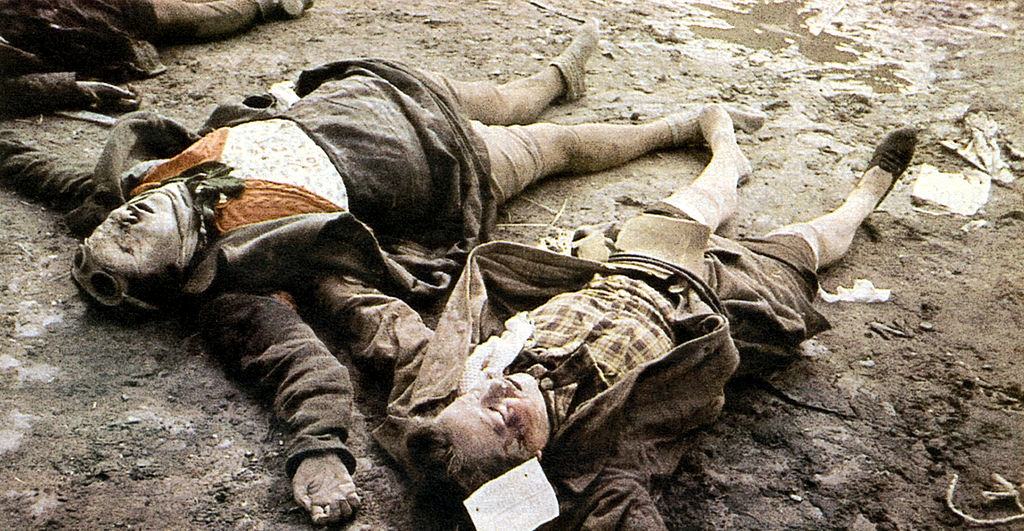
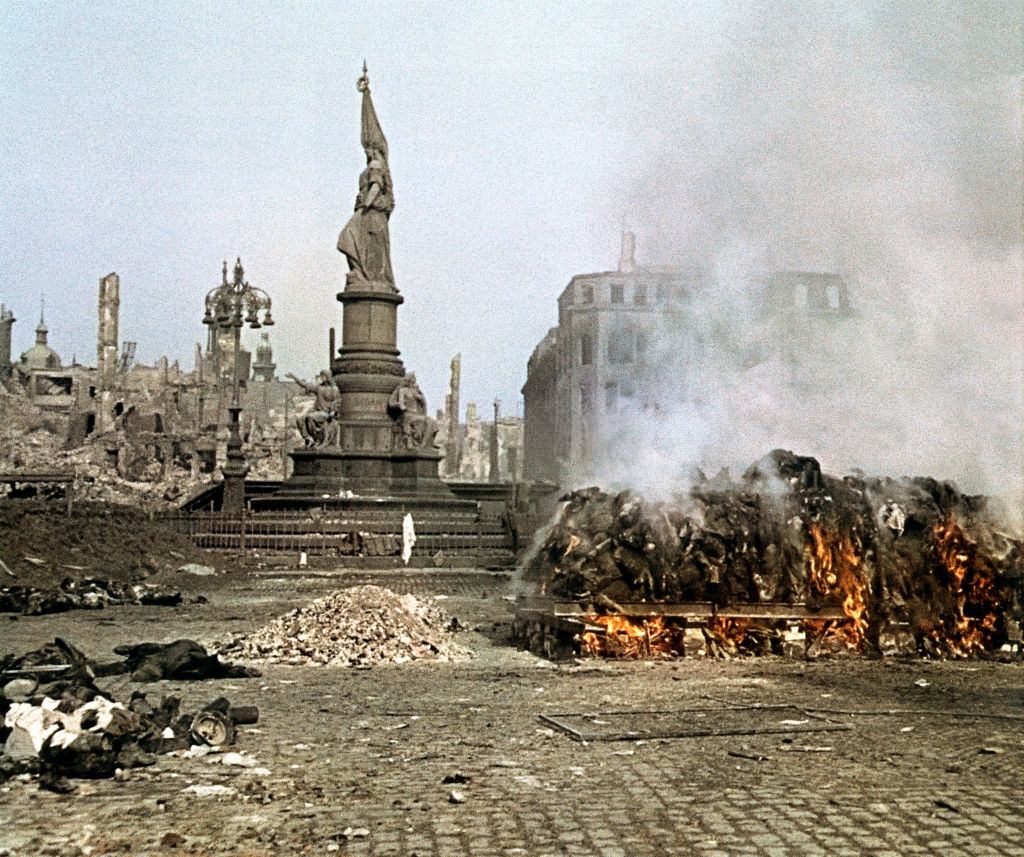
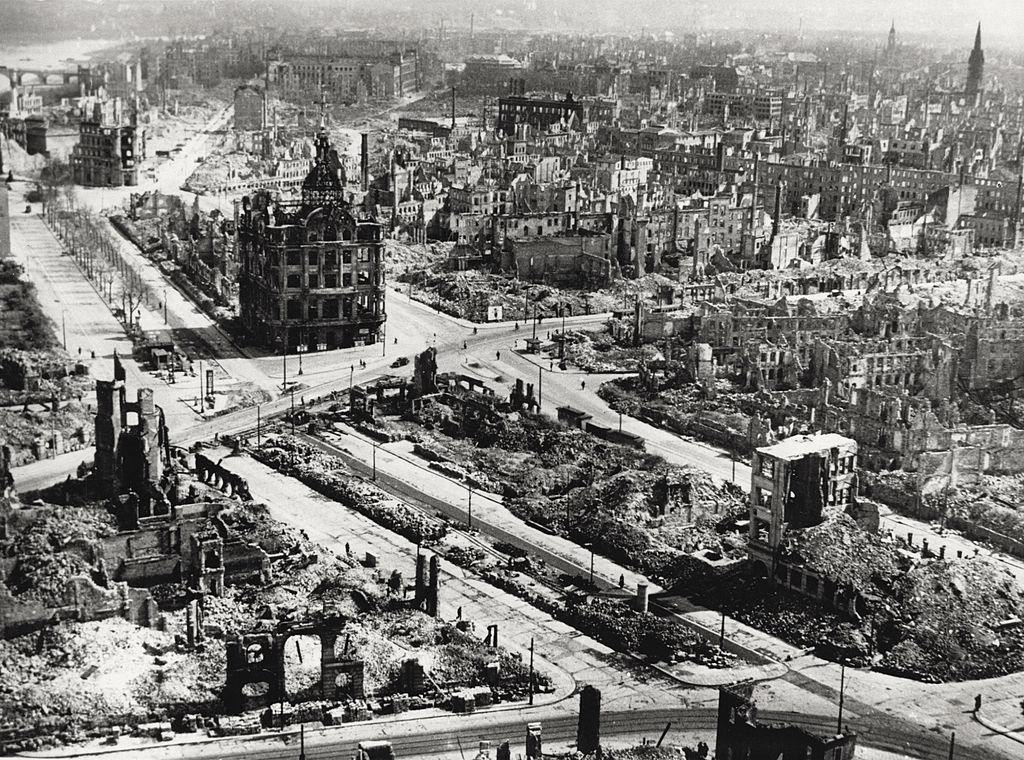
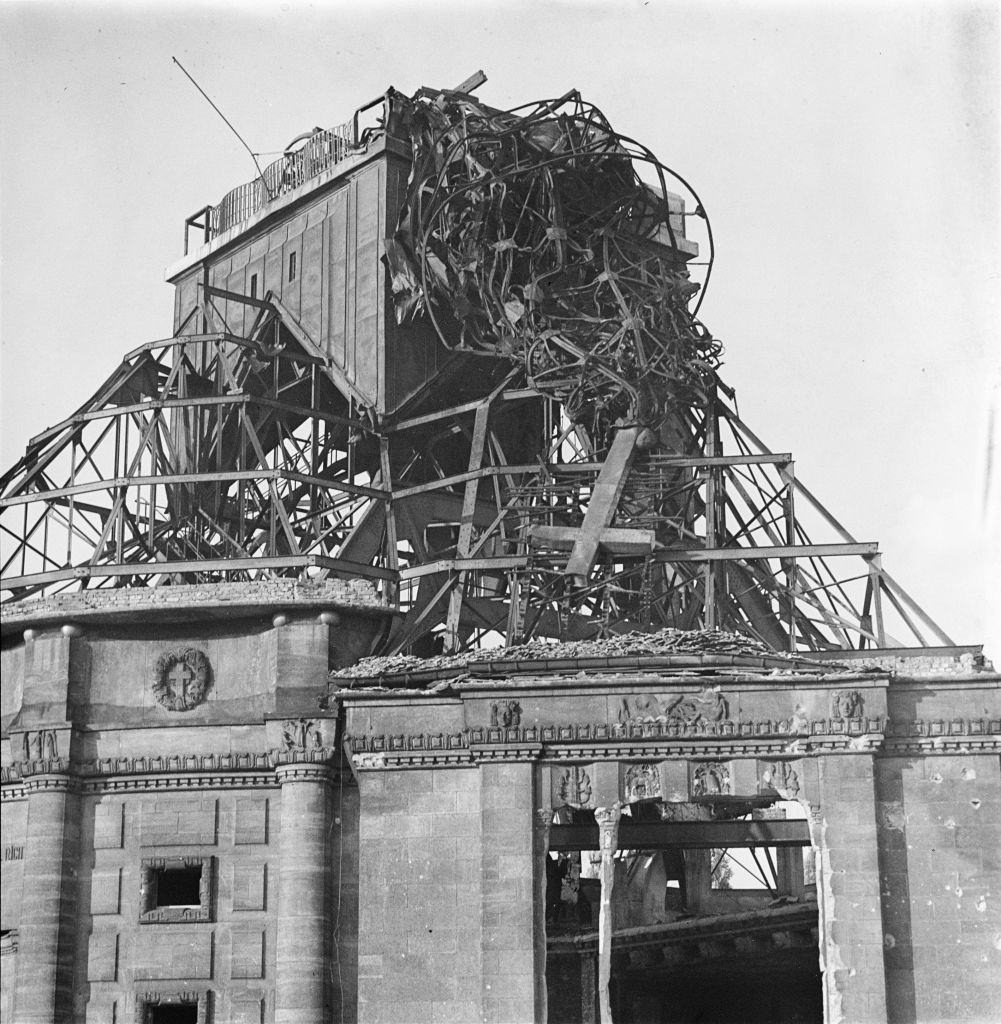
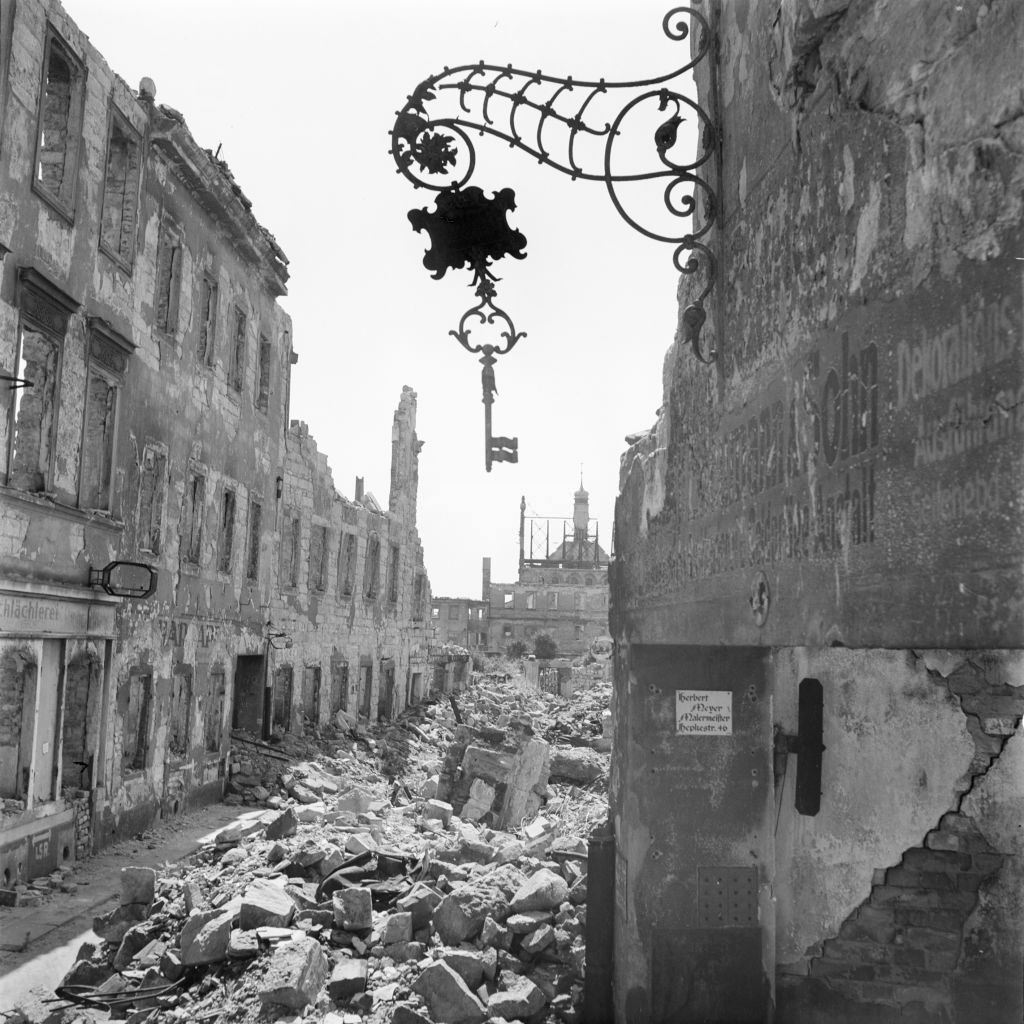
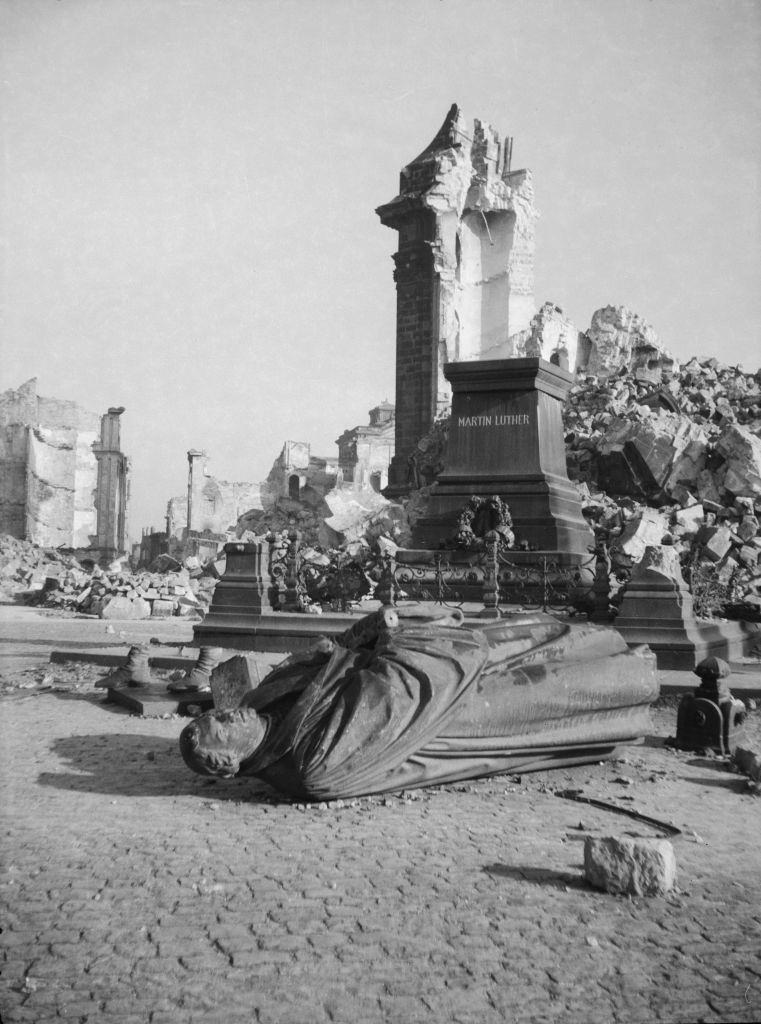
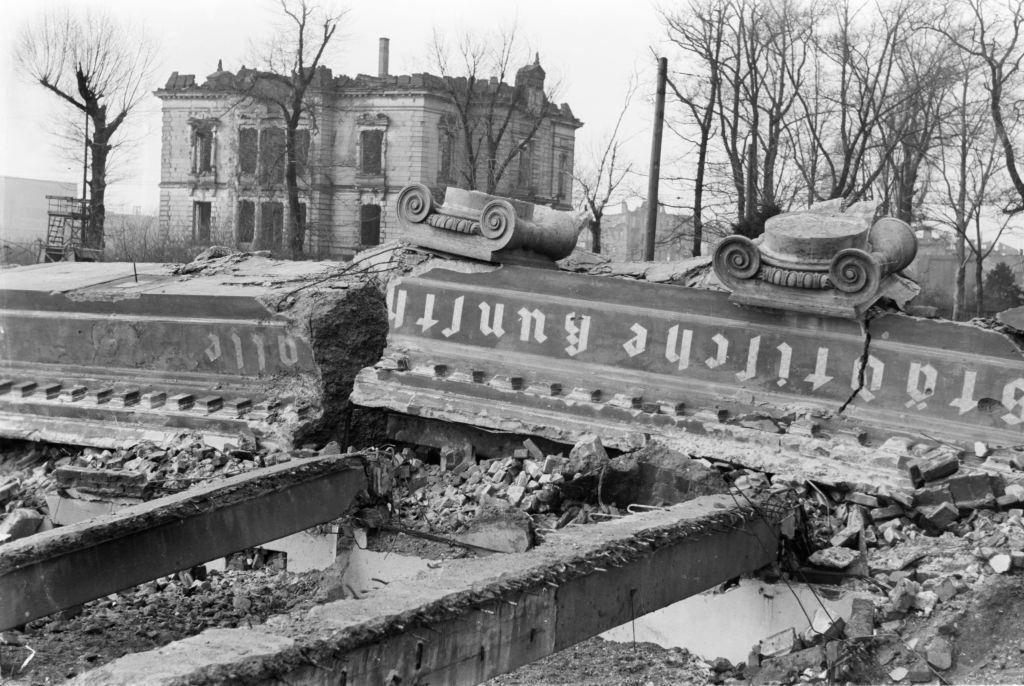
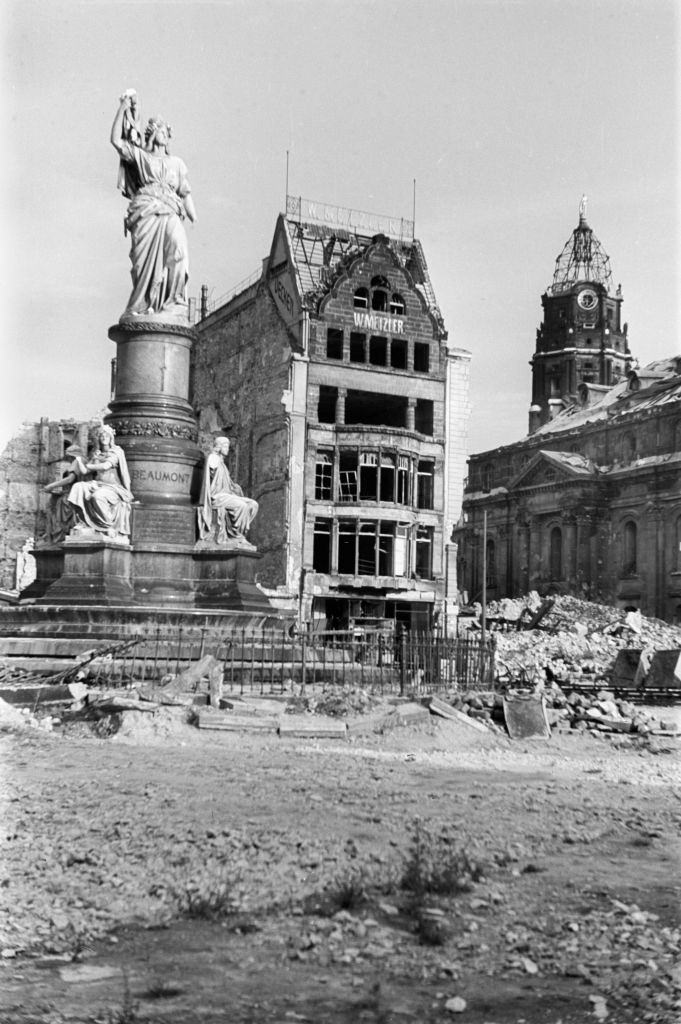
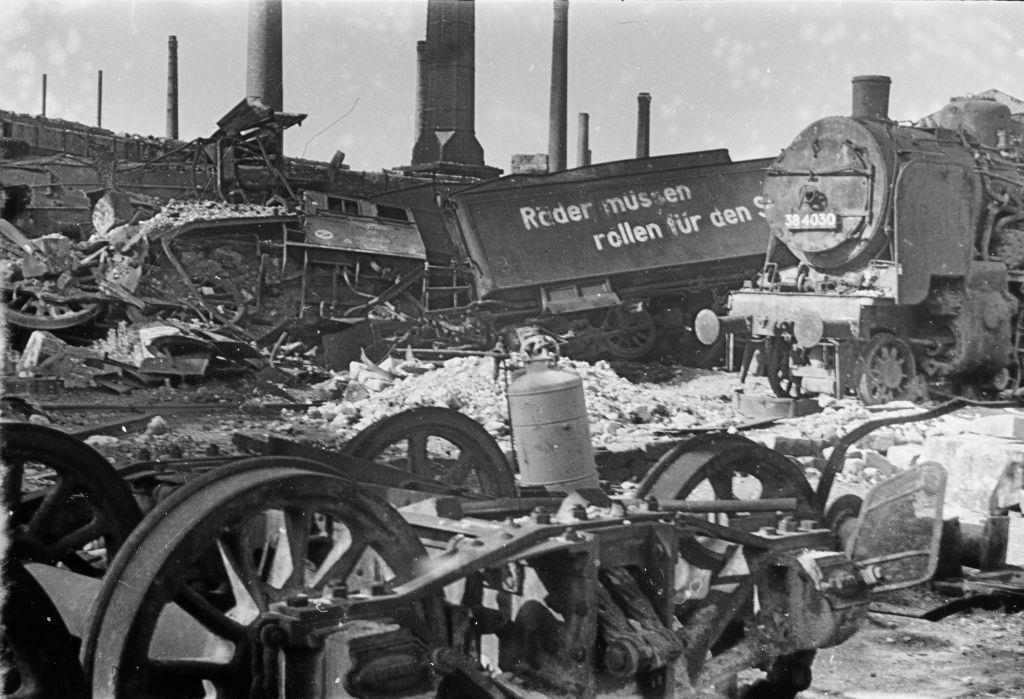
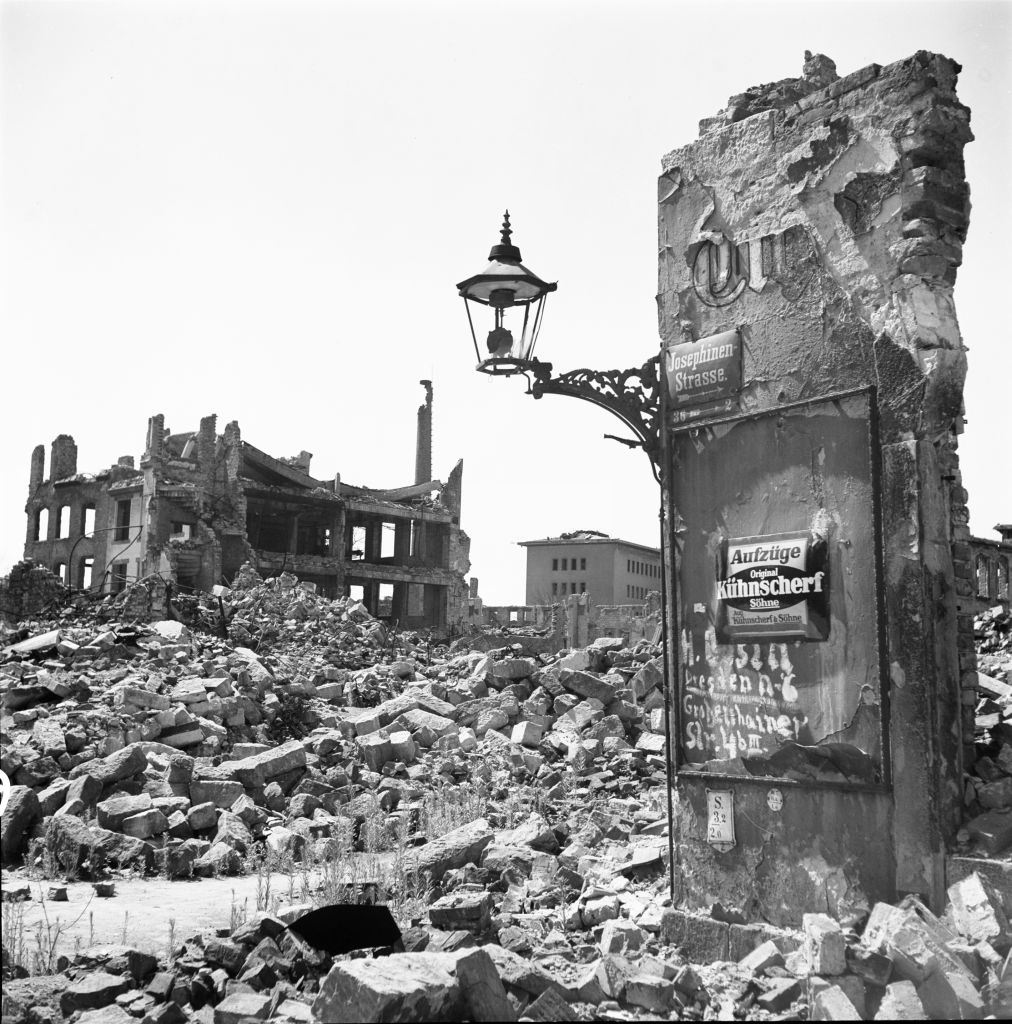
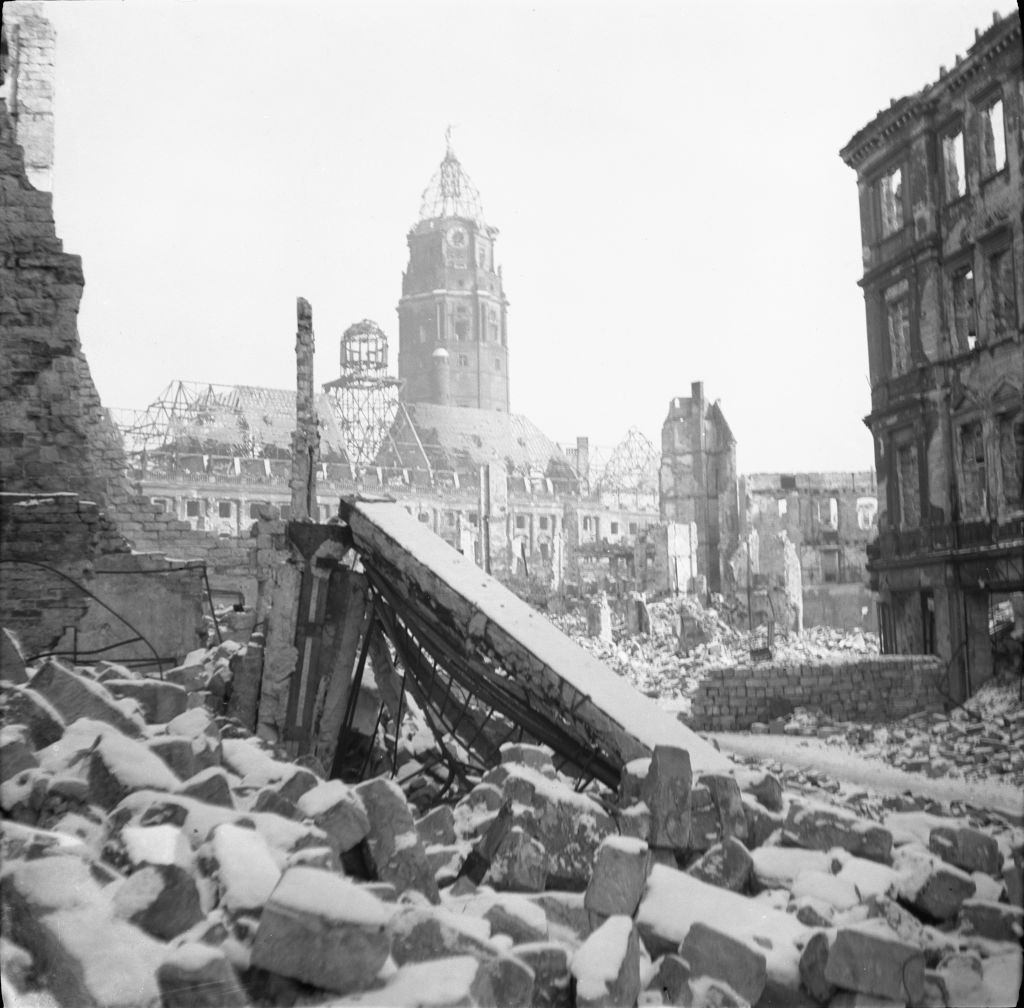
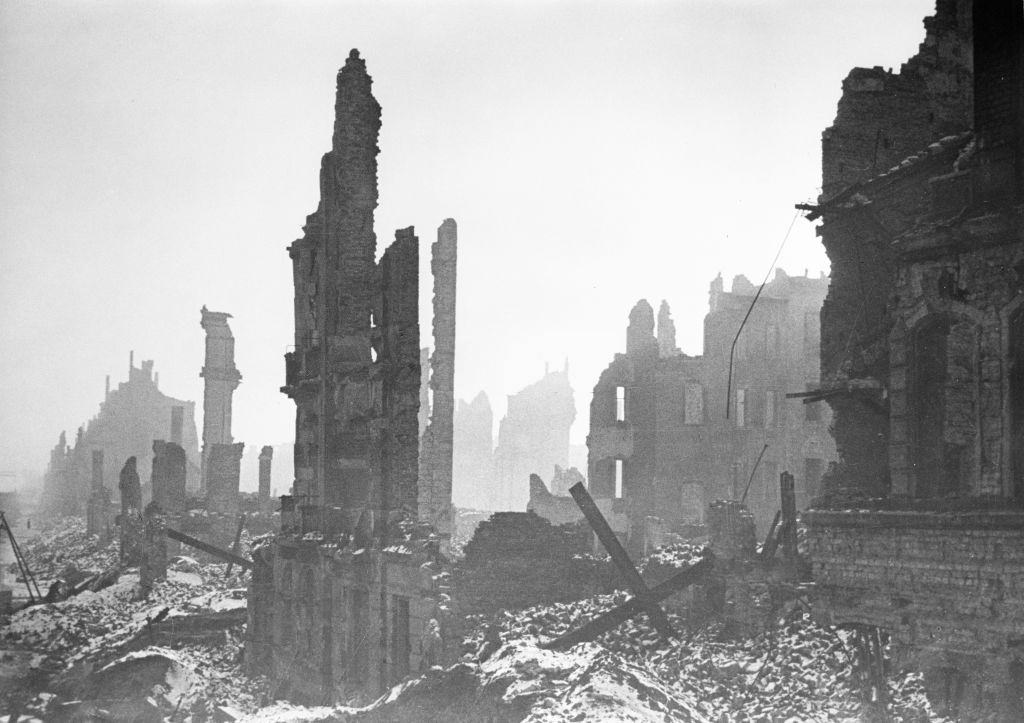
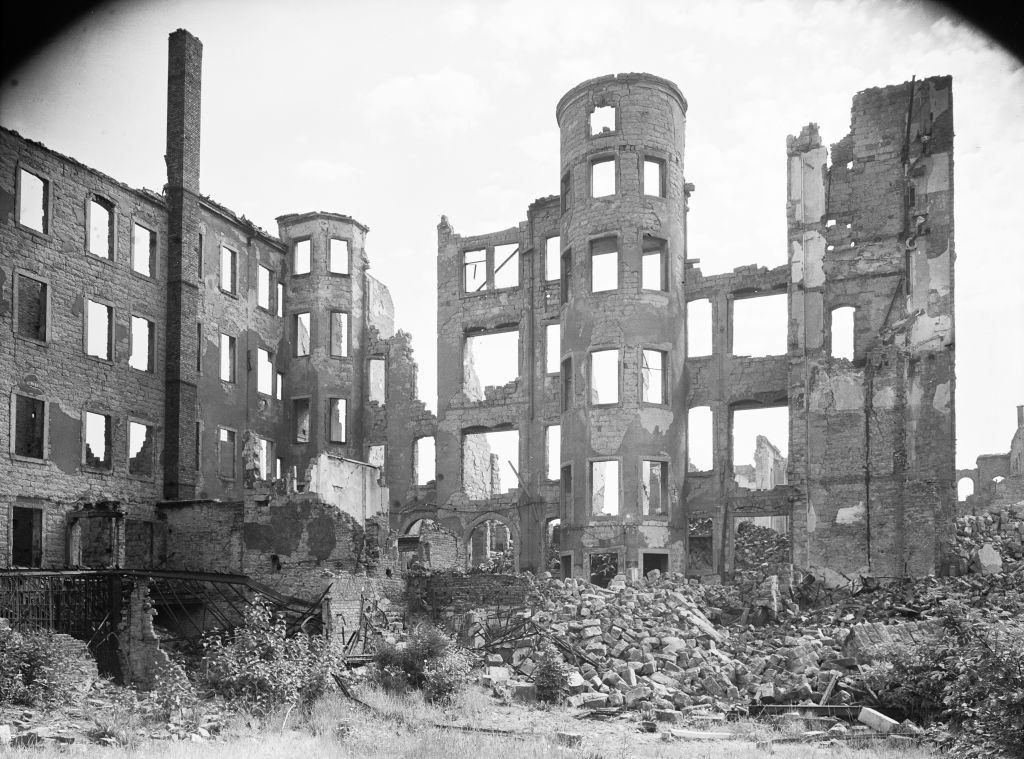
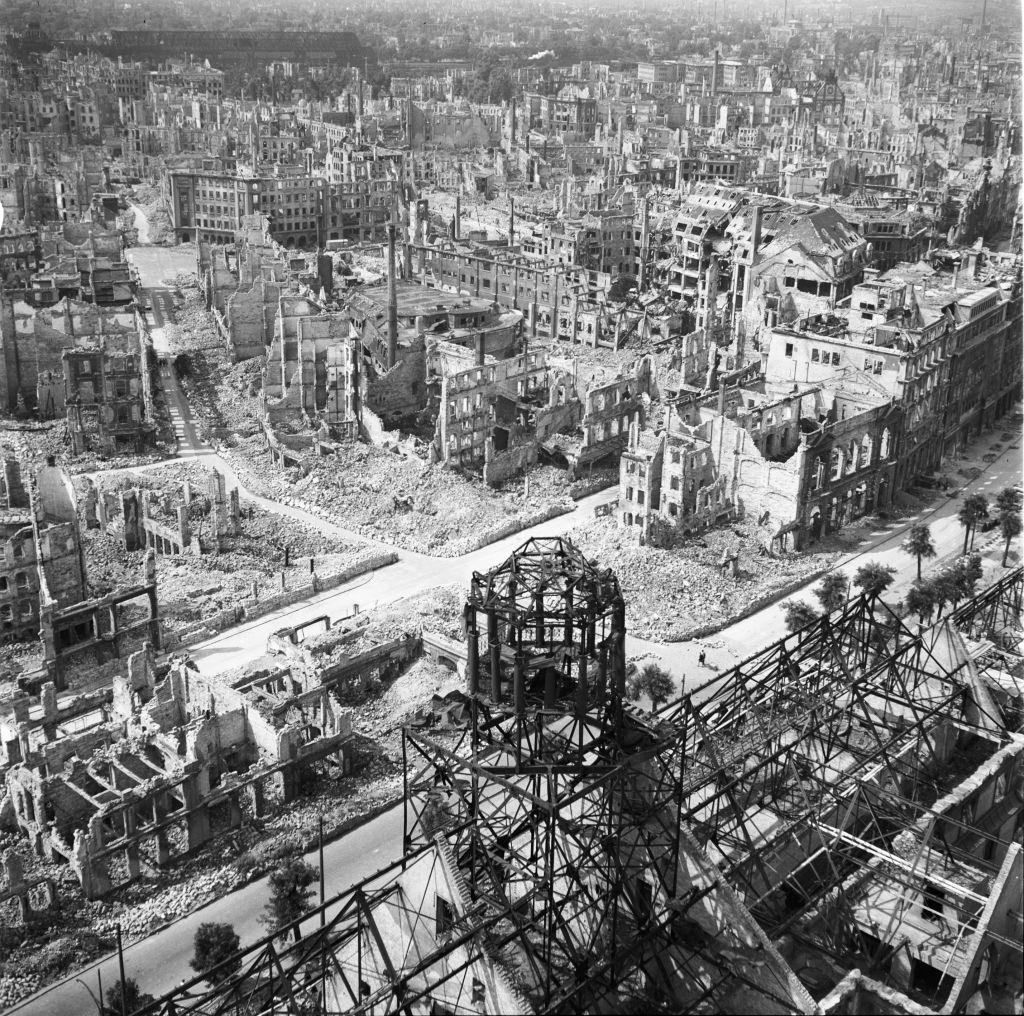
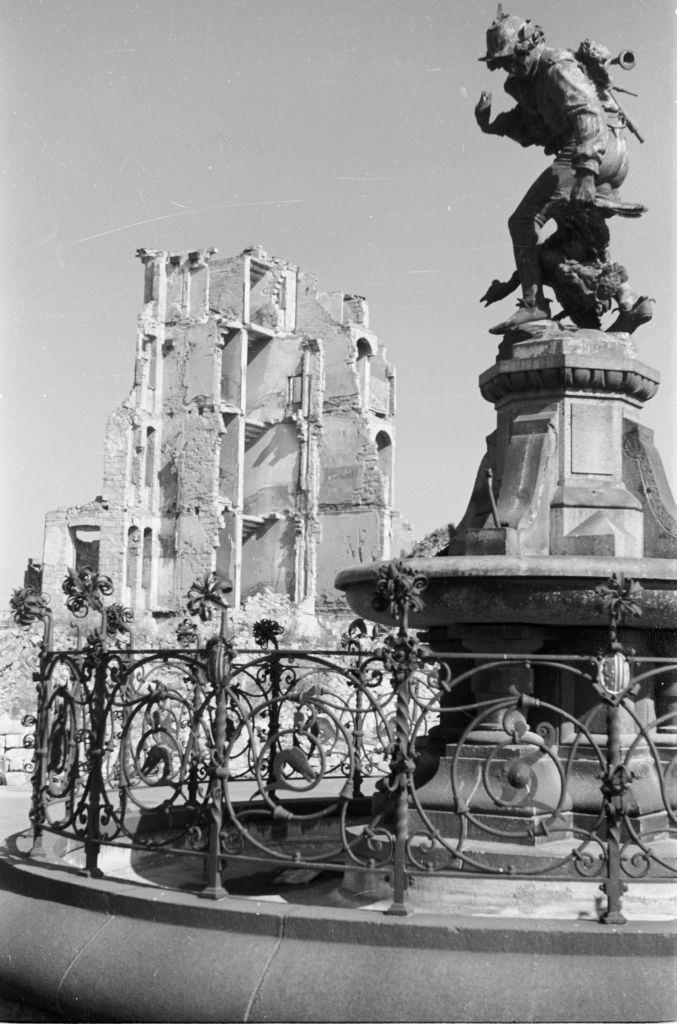
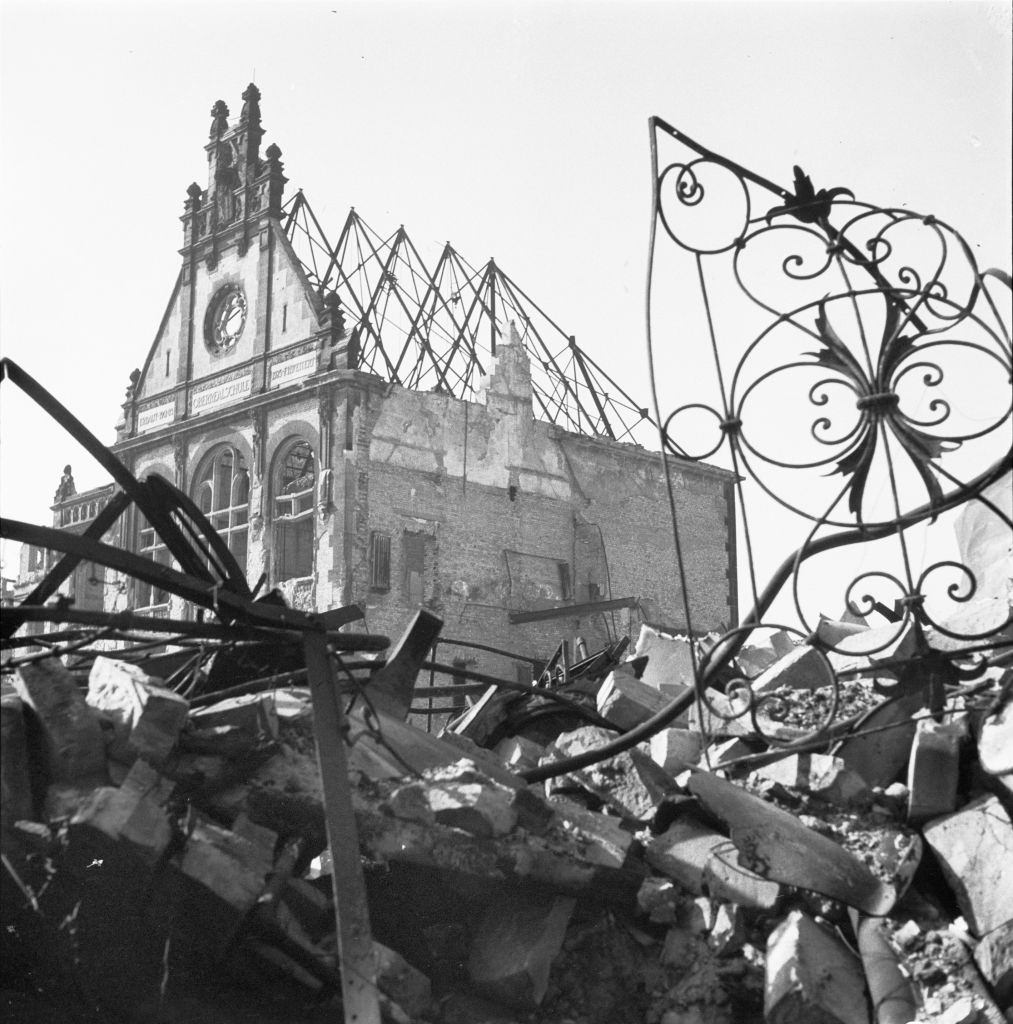
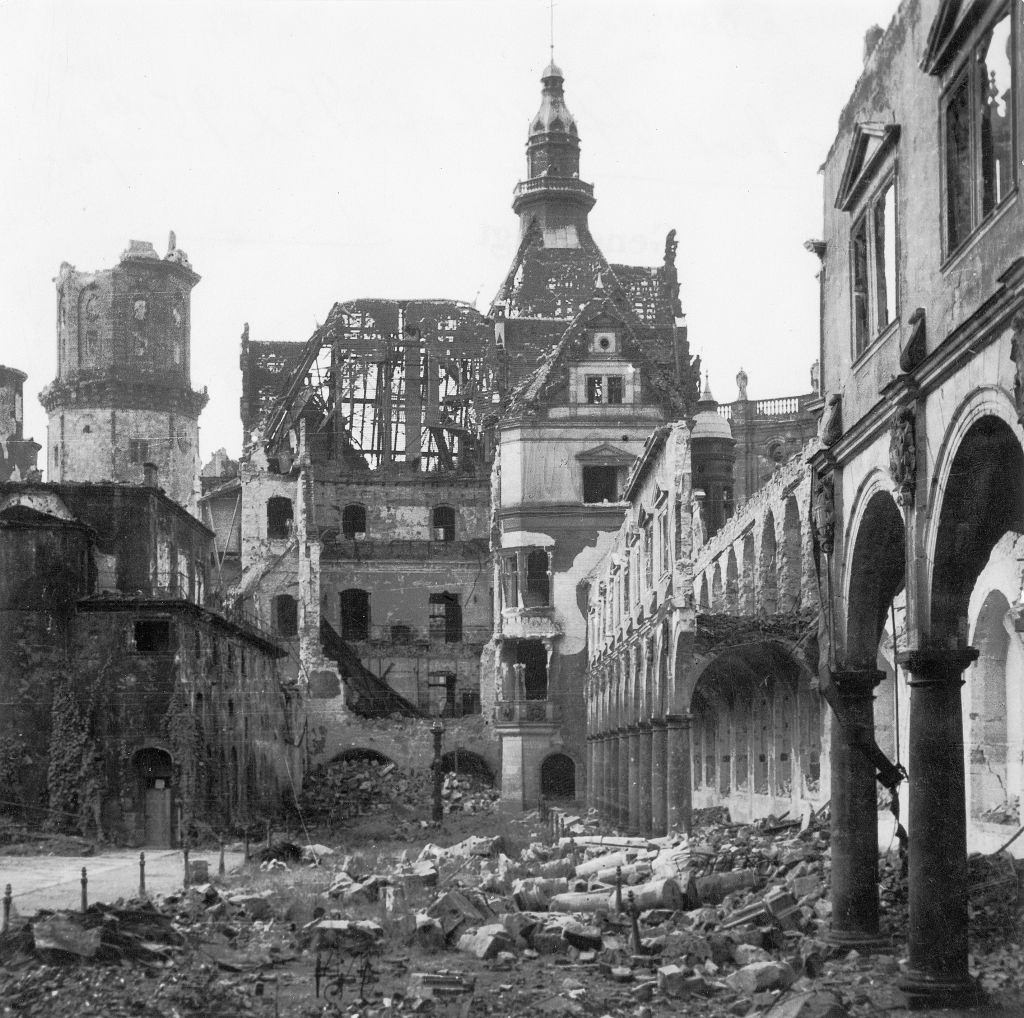
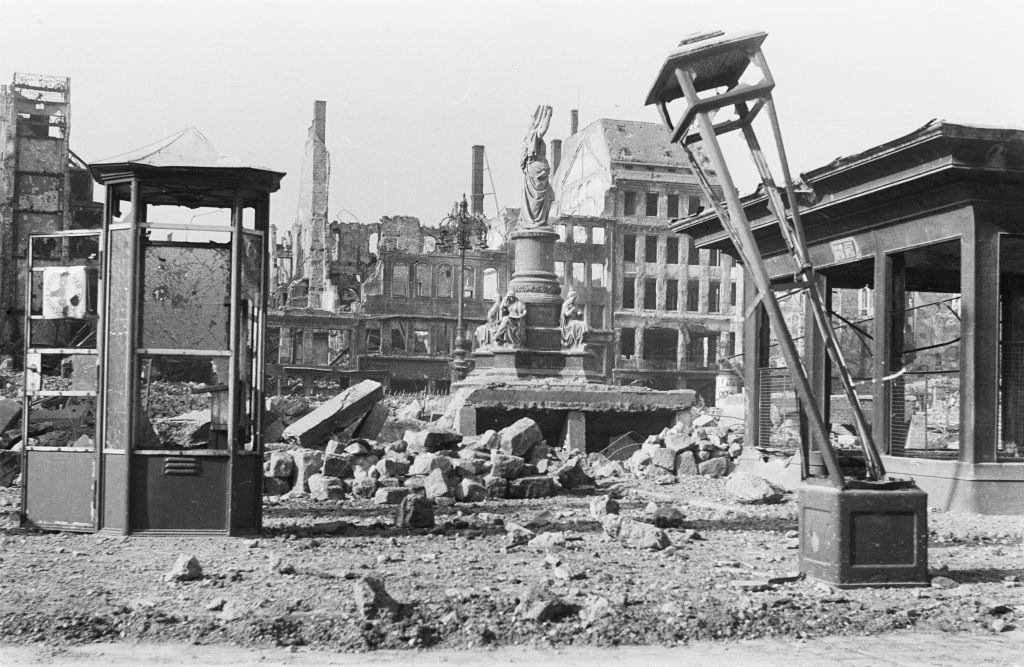
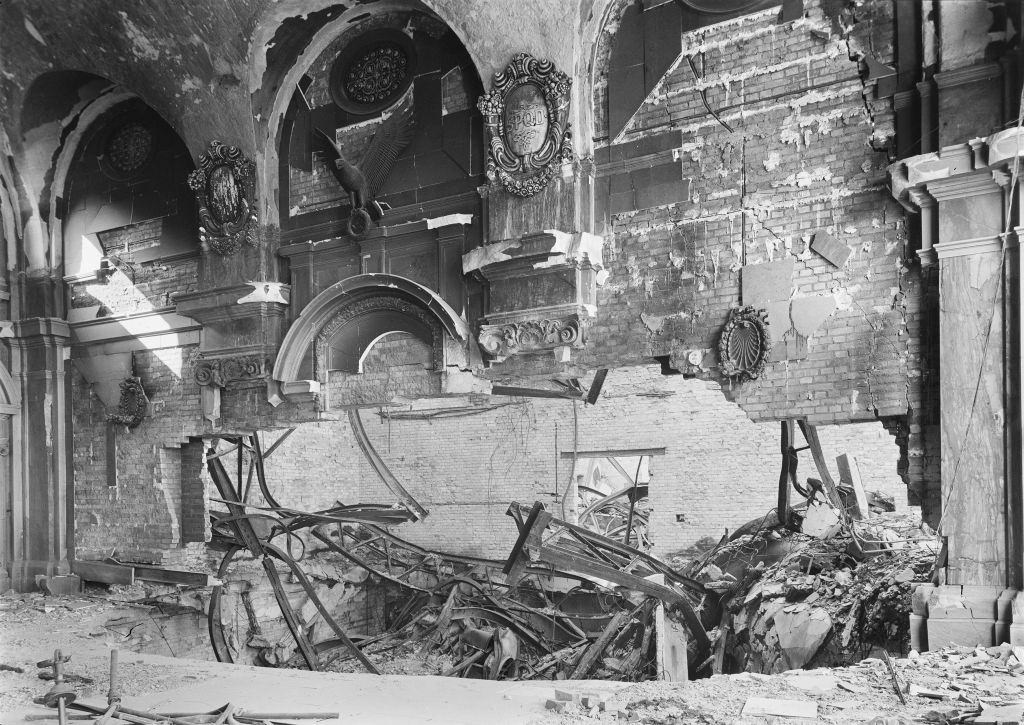
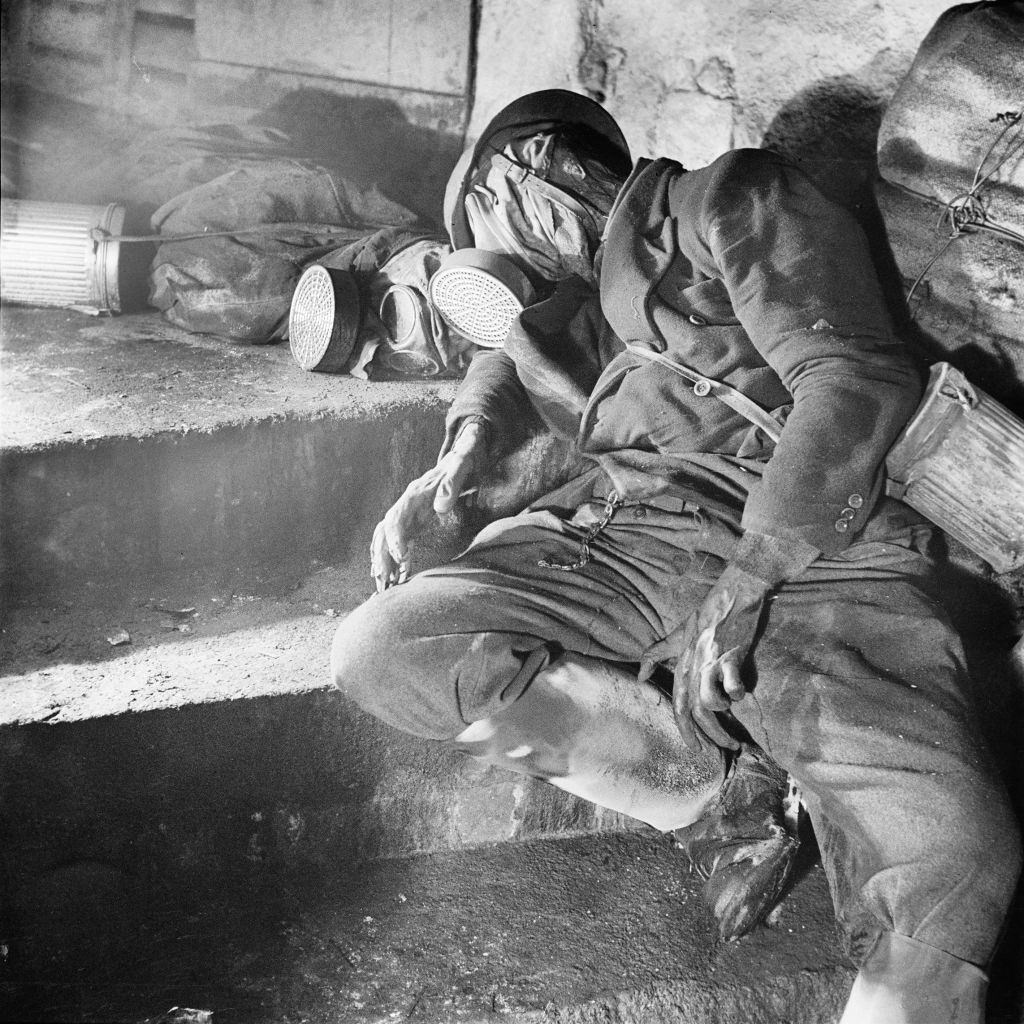
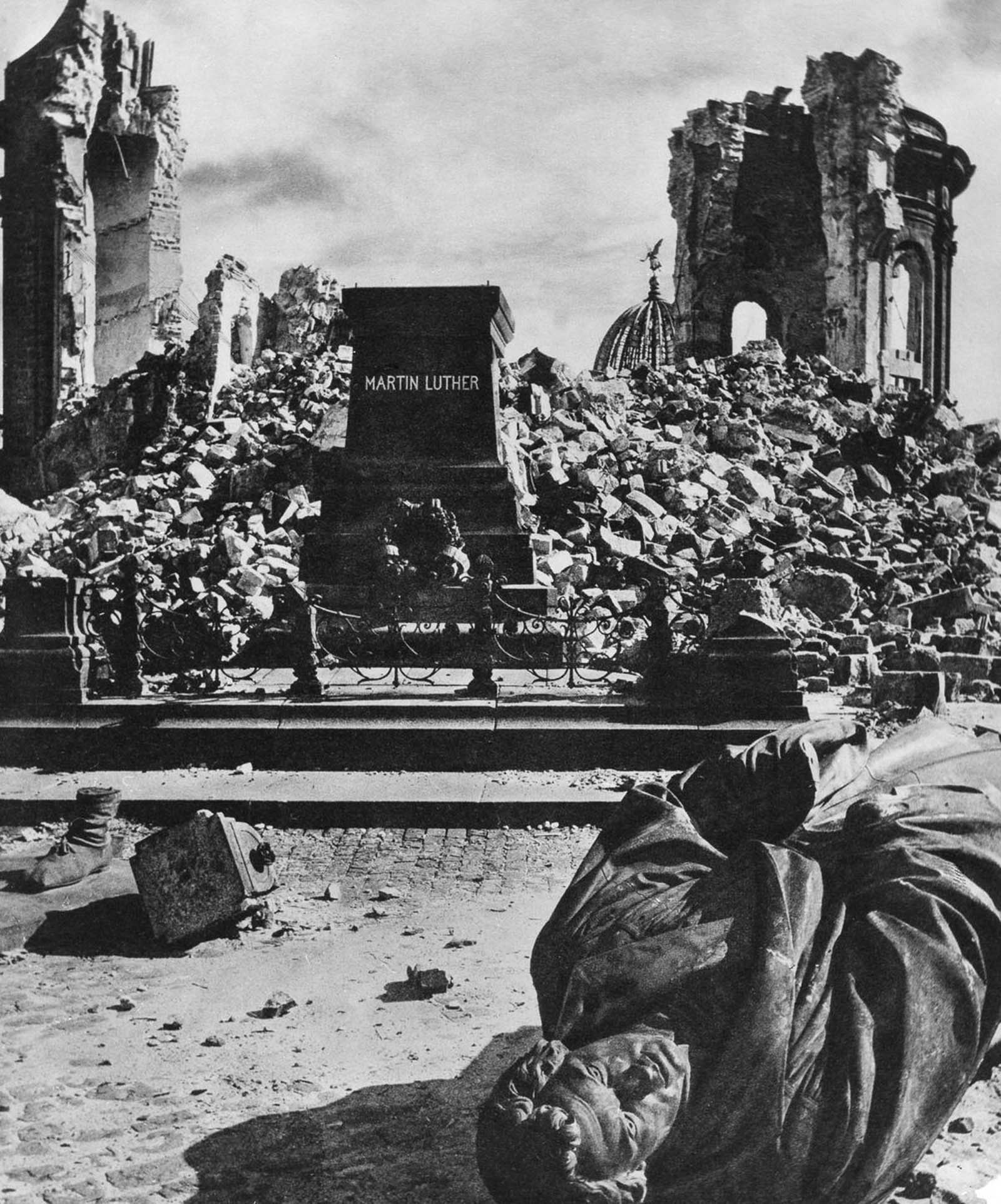
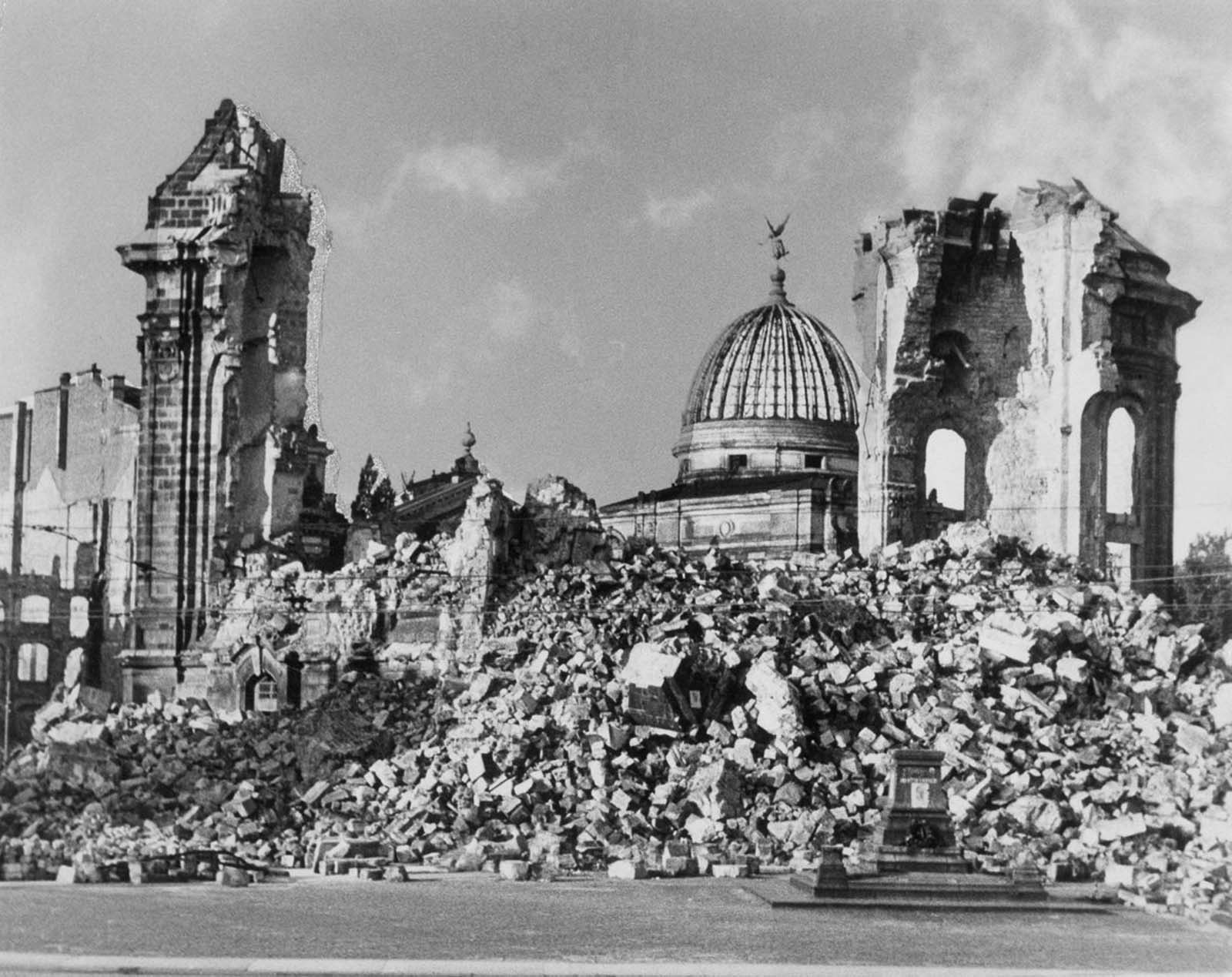
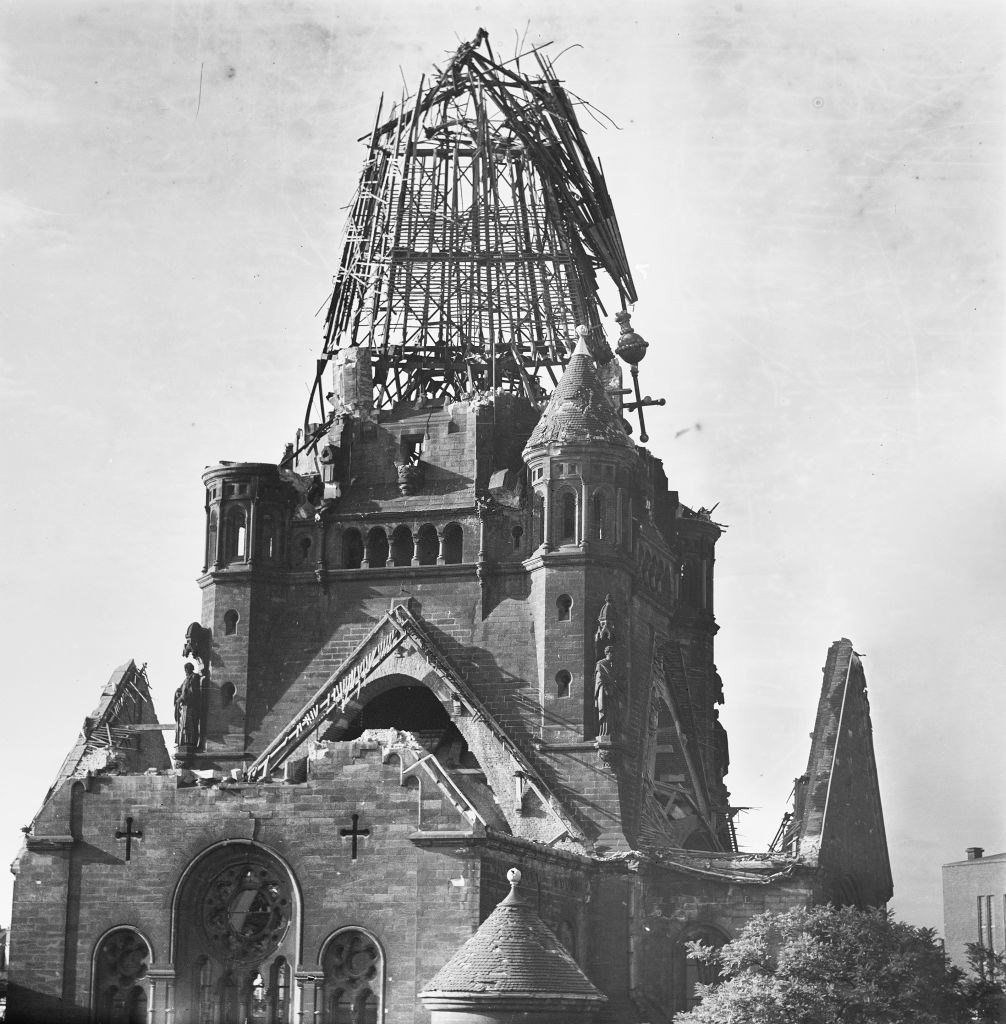
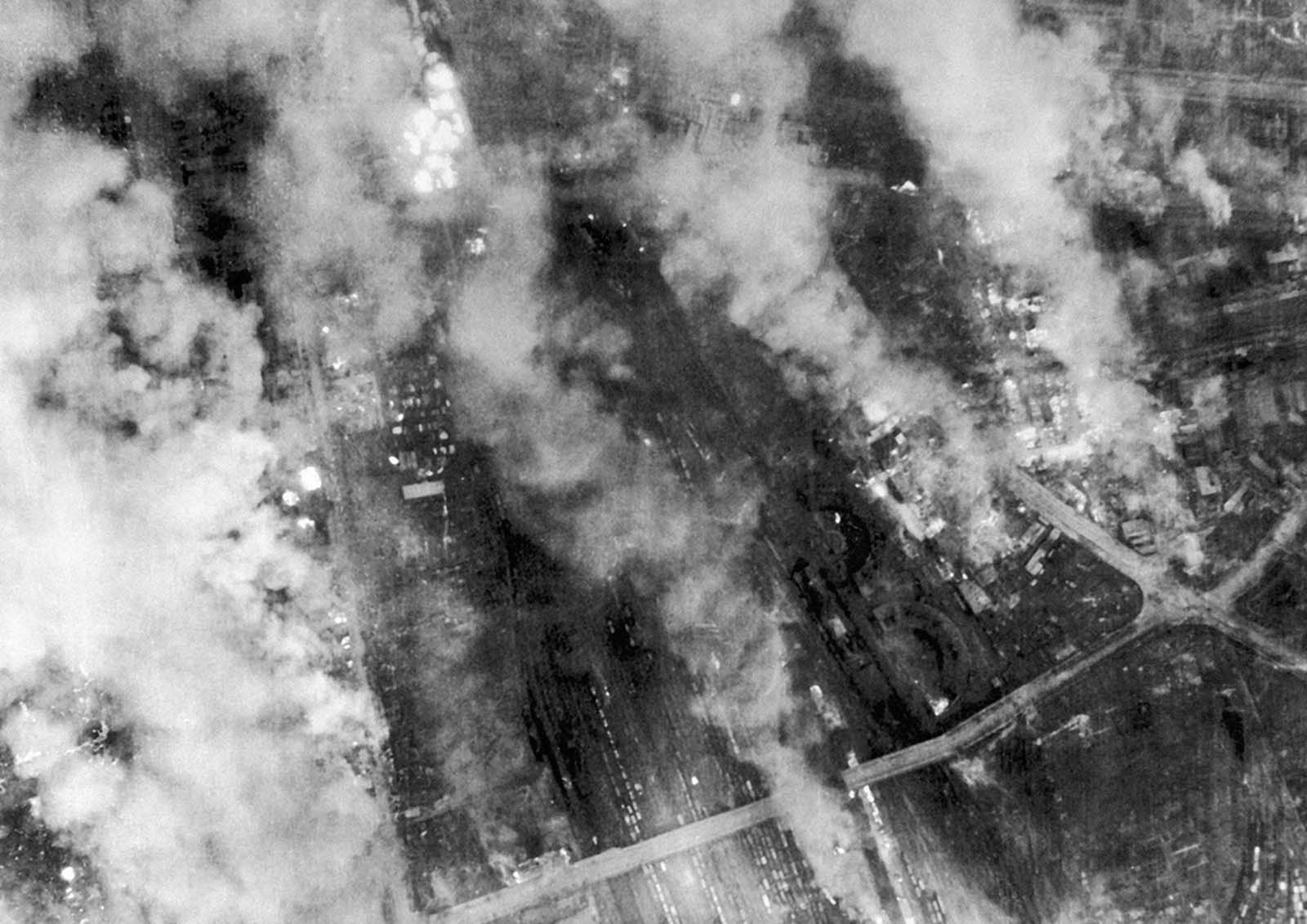

As long as an army targets civilians, I automatically label them as barbarians, regardless of which side they come from. In my opinion, this monstrosity is the fault of the axis and the allies. Soldiers should fight only soldiers!
There are times when total war is the only way to end the fighting. In the end, it saves more lives.
This victim myth will never go away either
Behave, or this is gone.
What does the article have to do with anything in Dresden?
Well, just don’t start a fucking war.